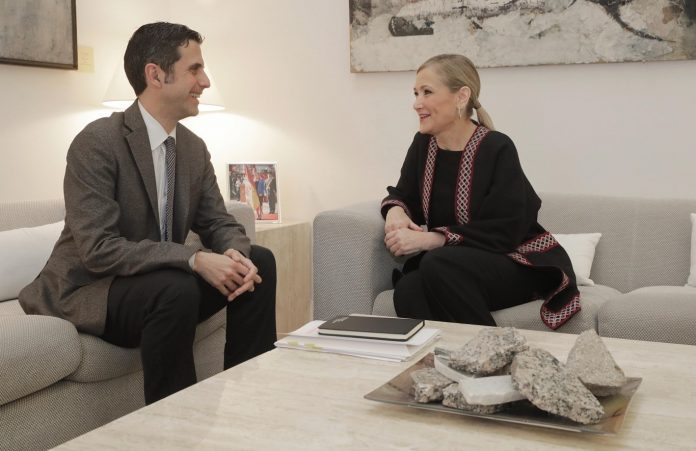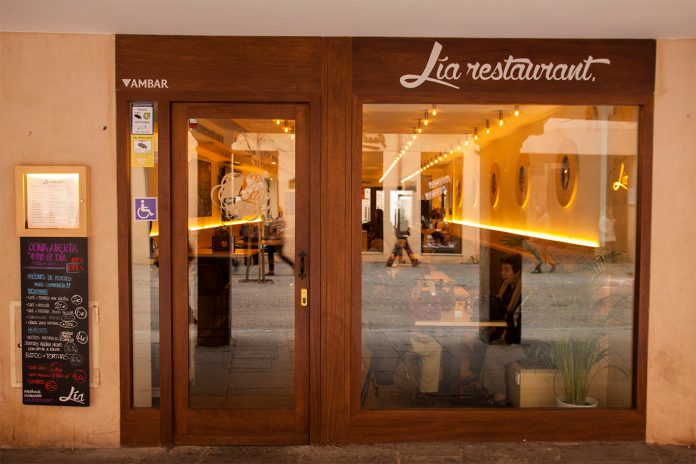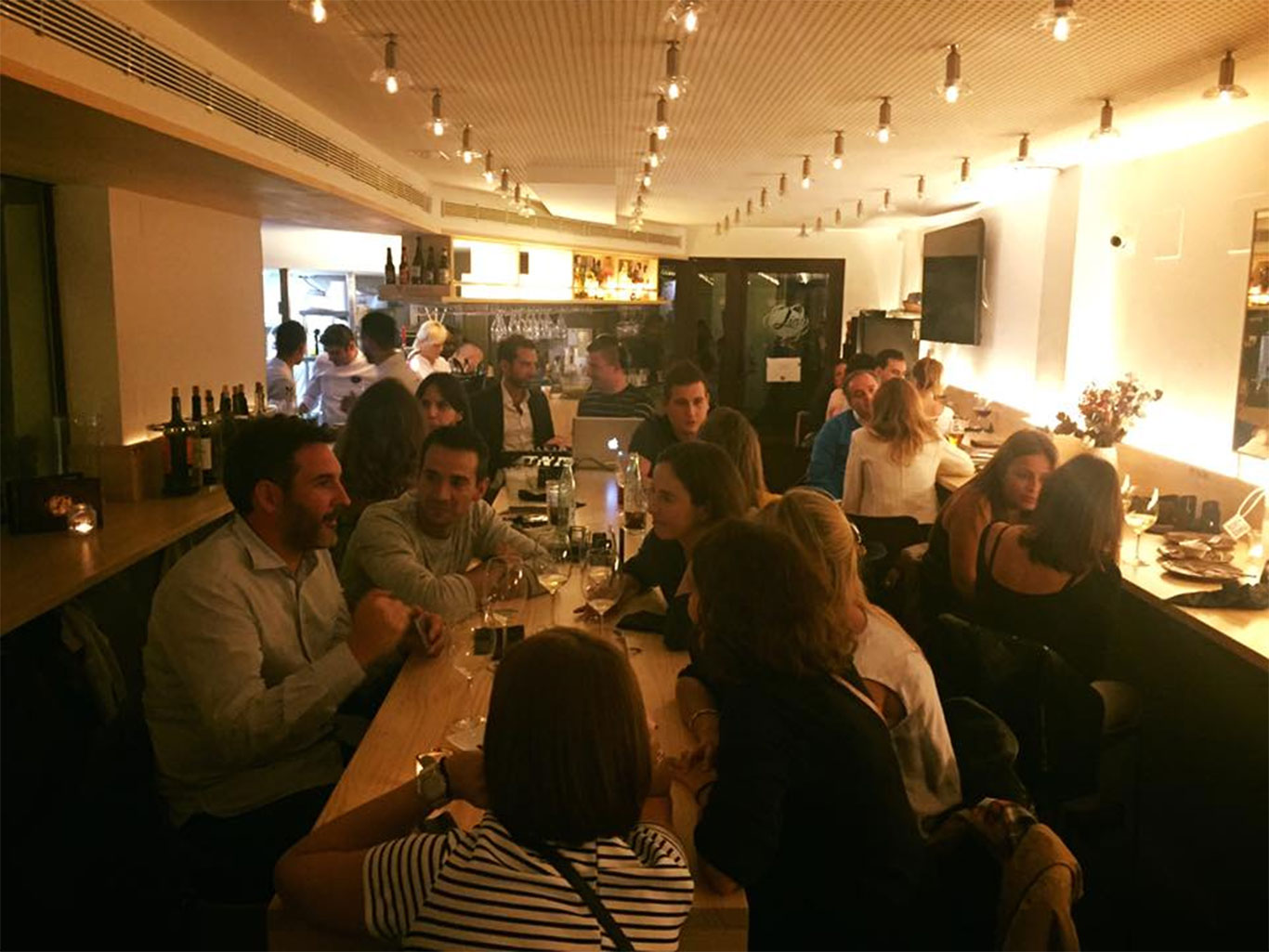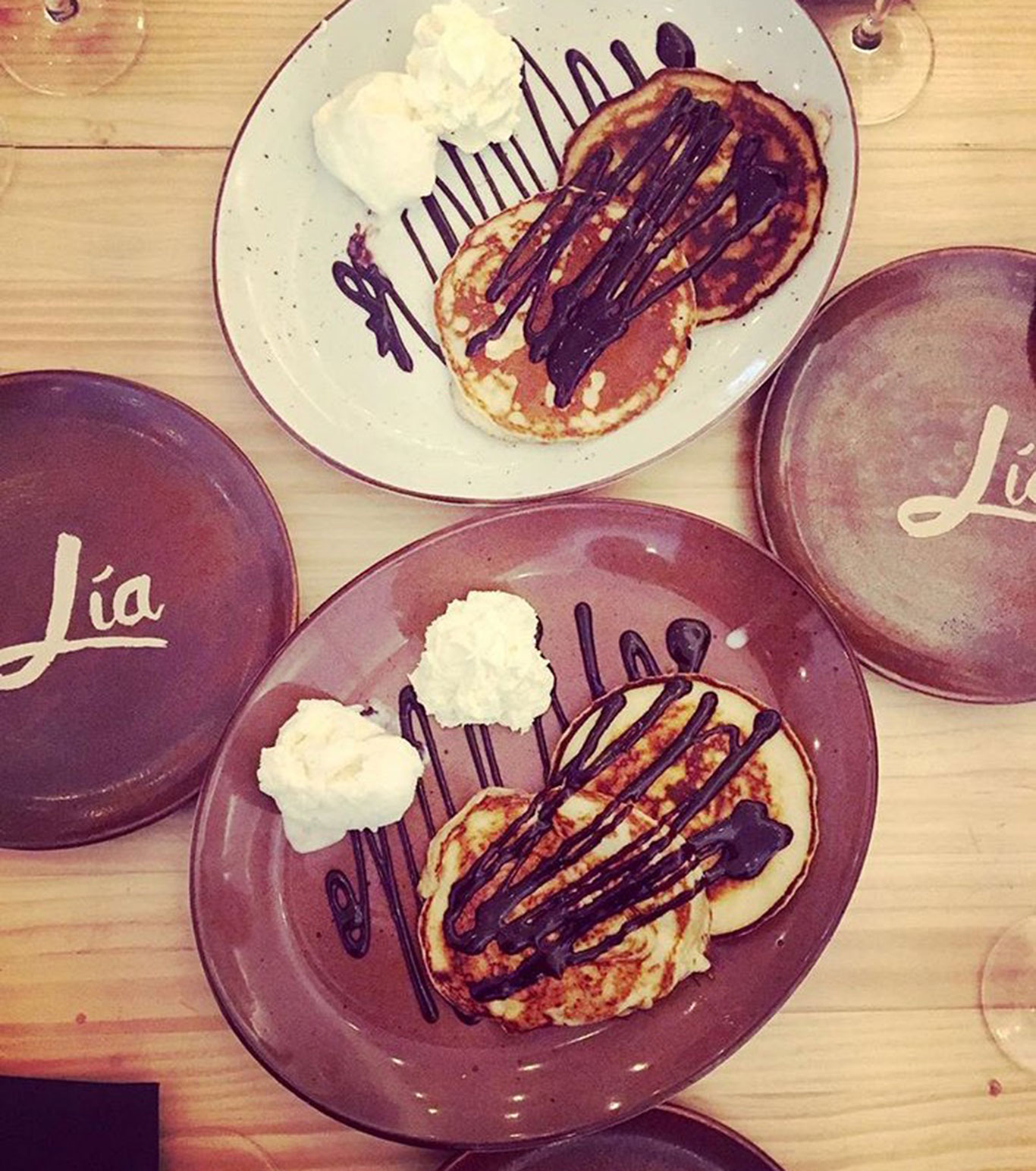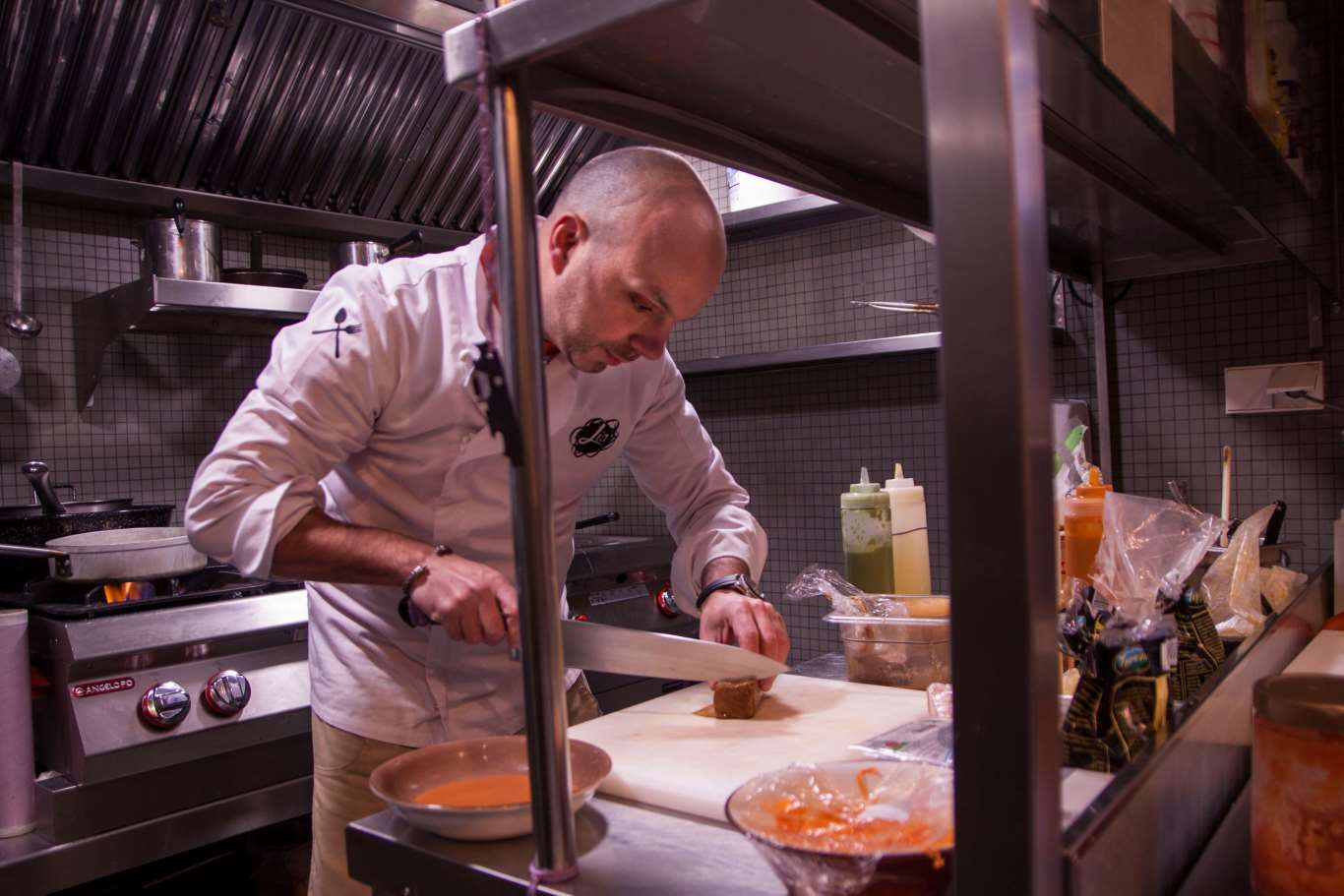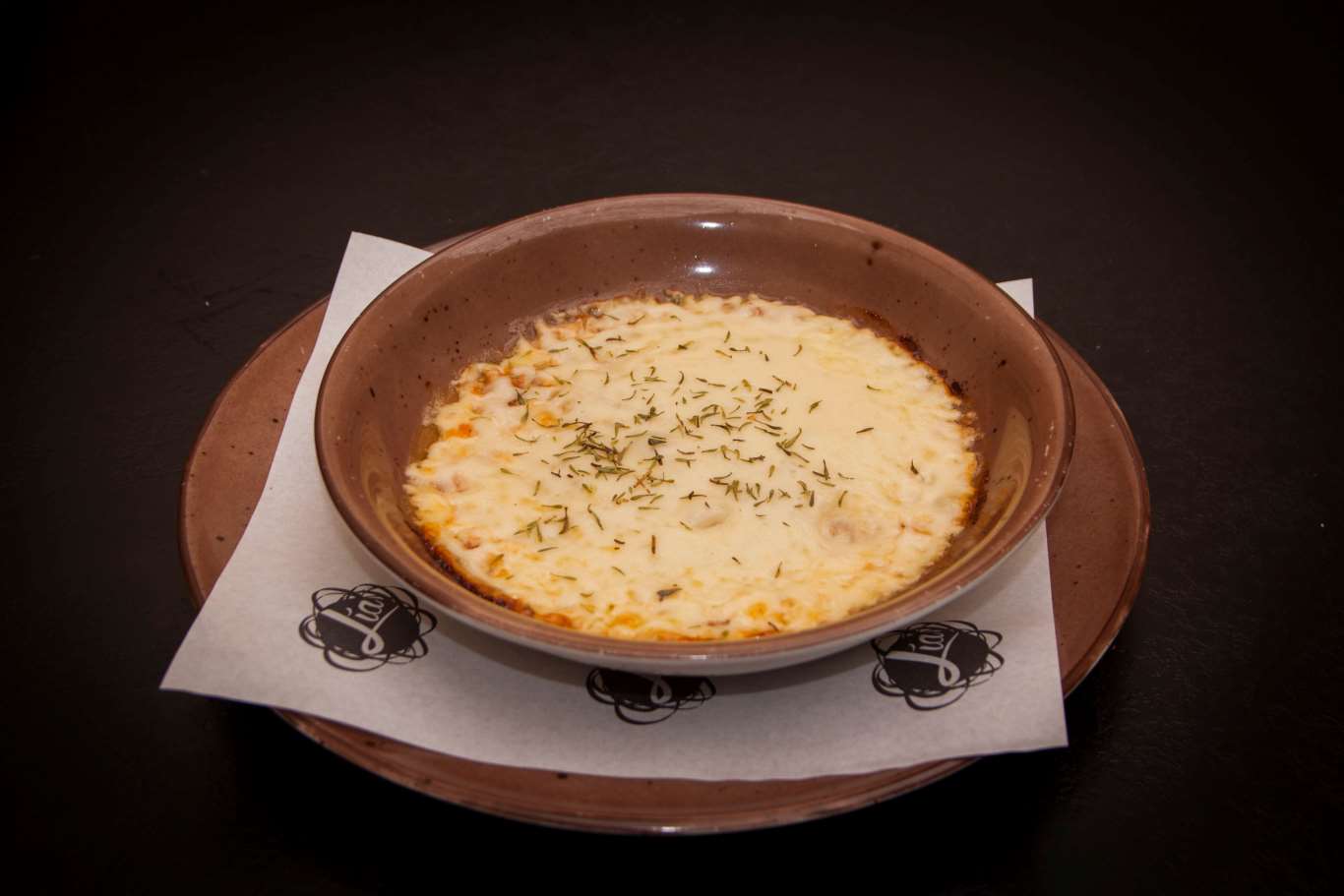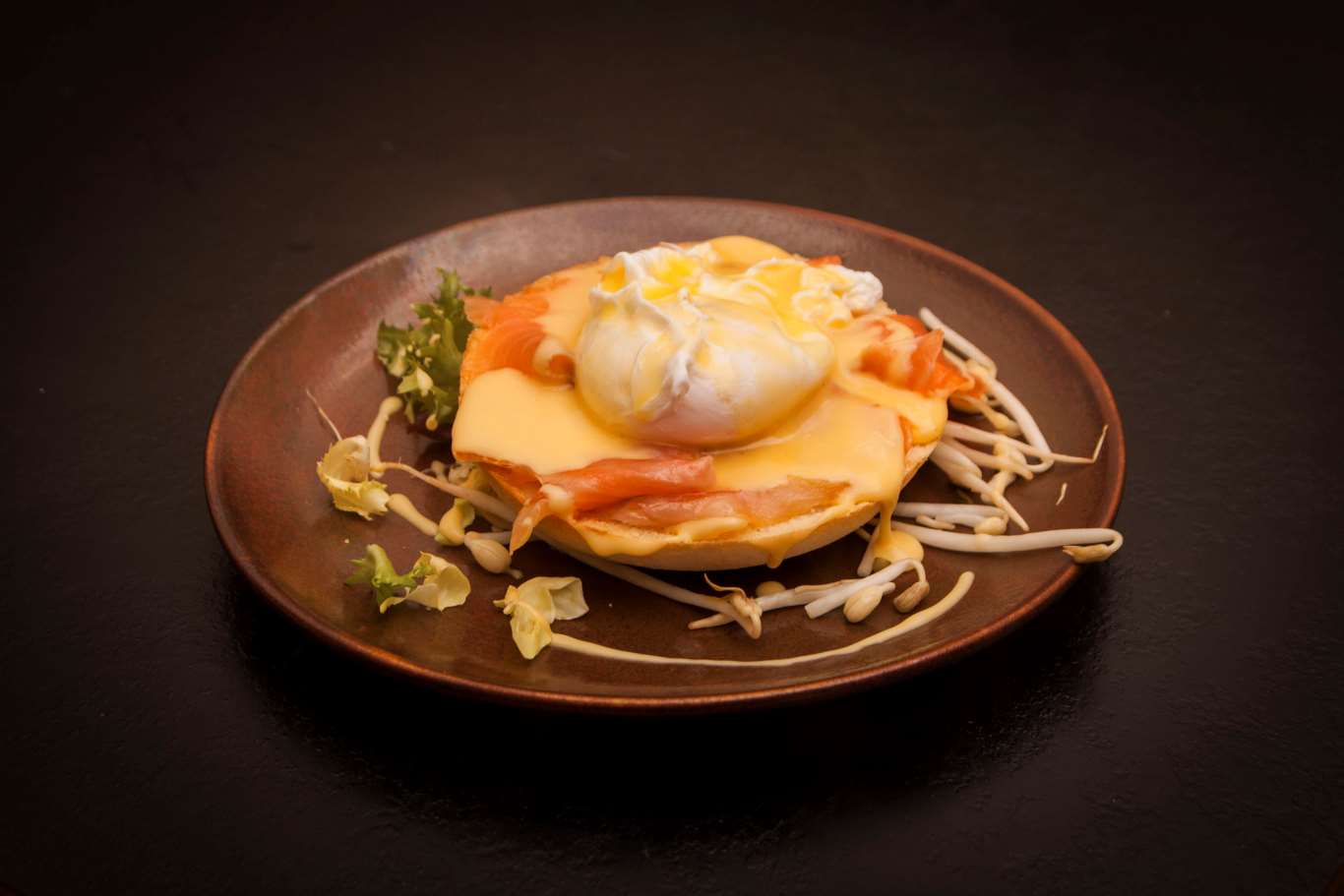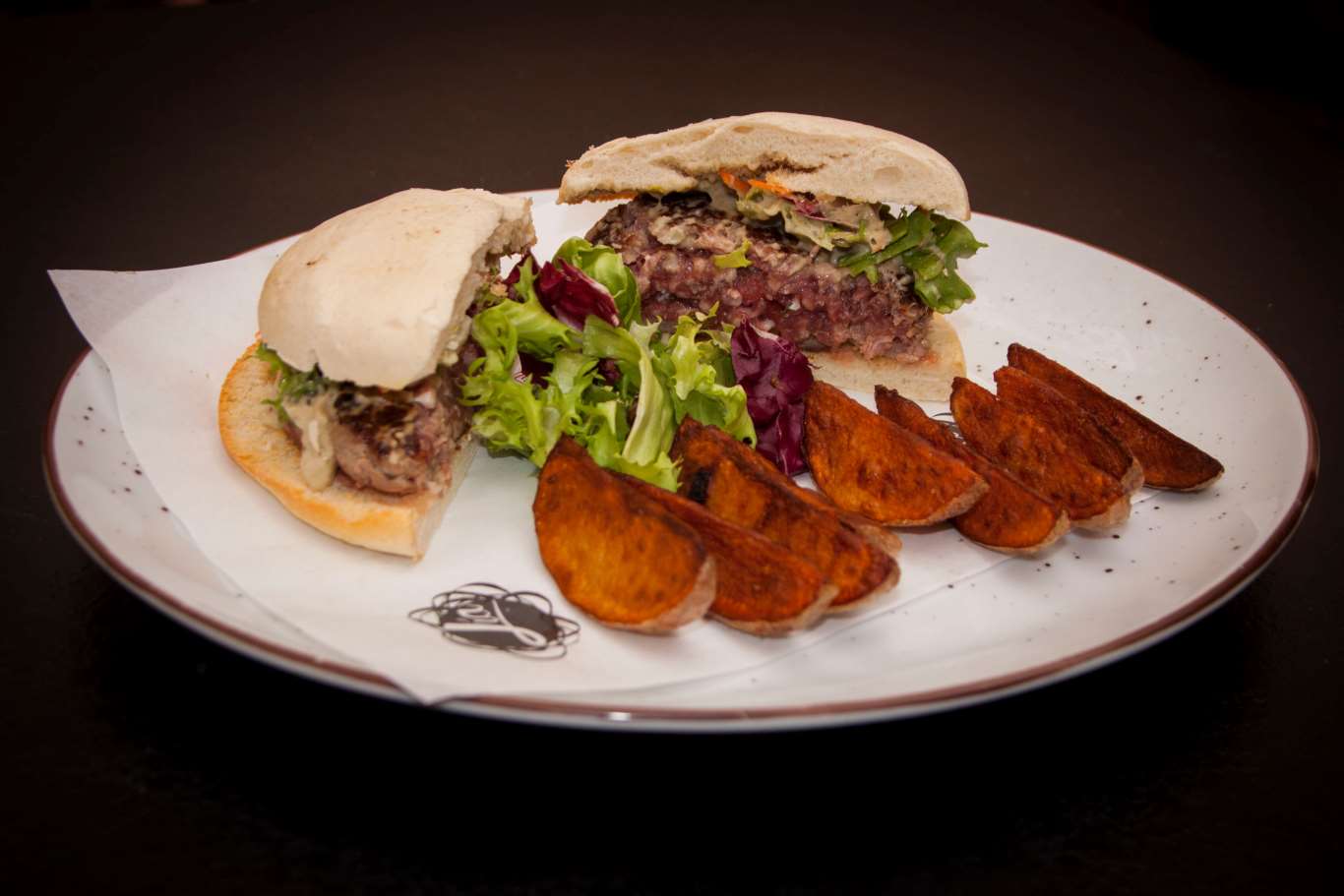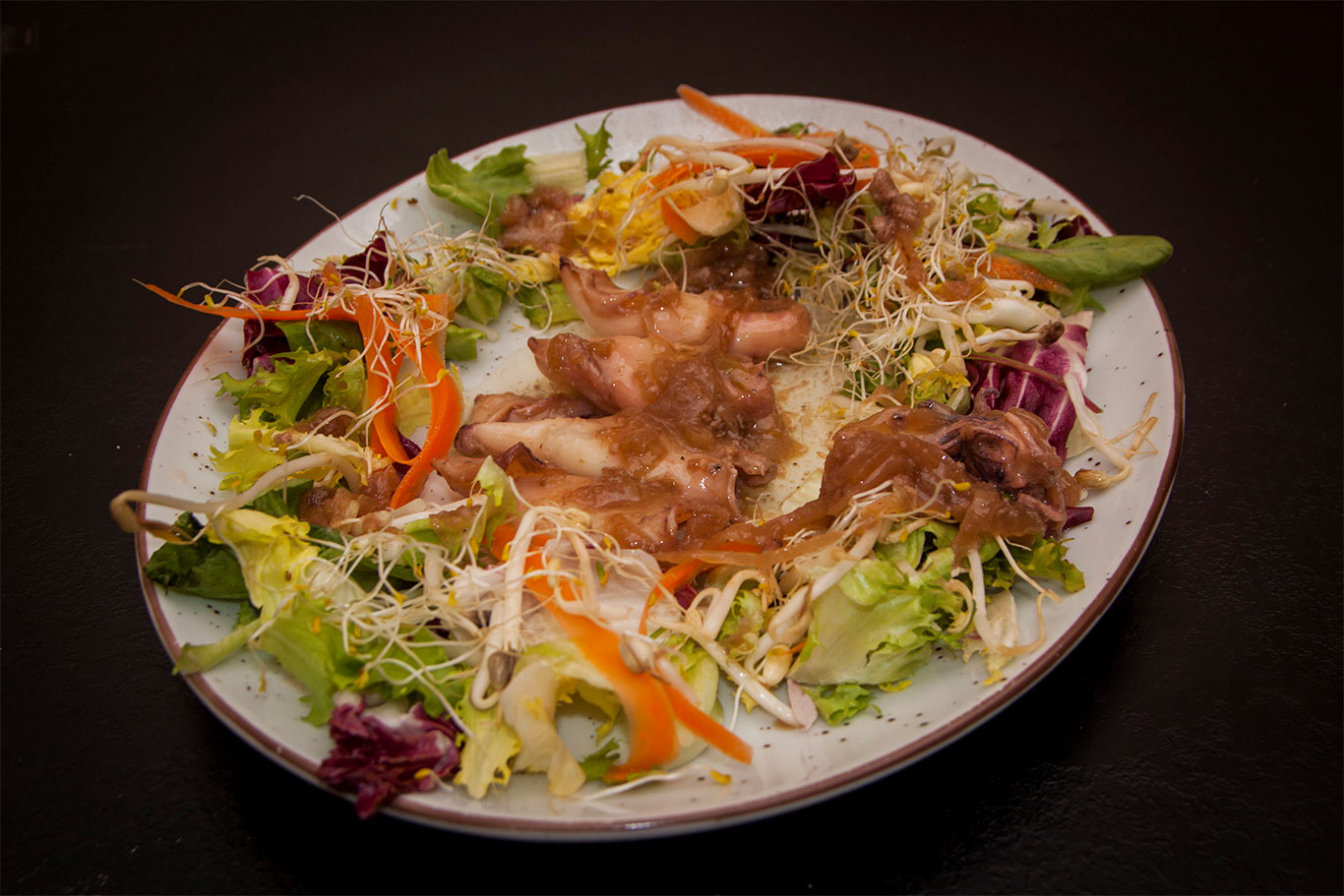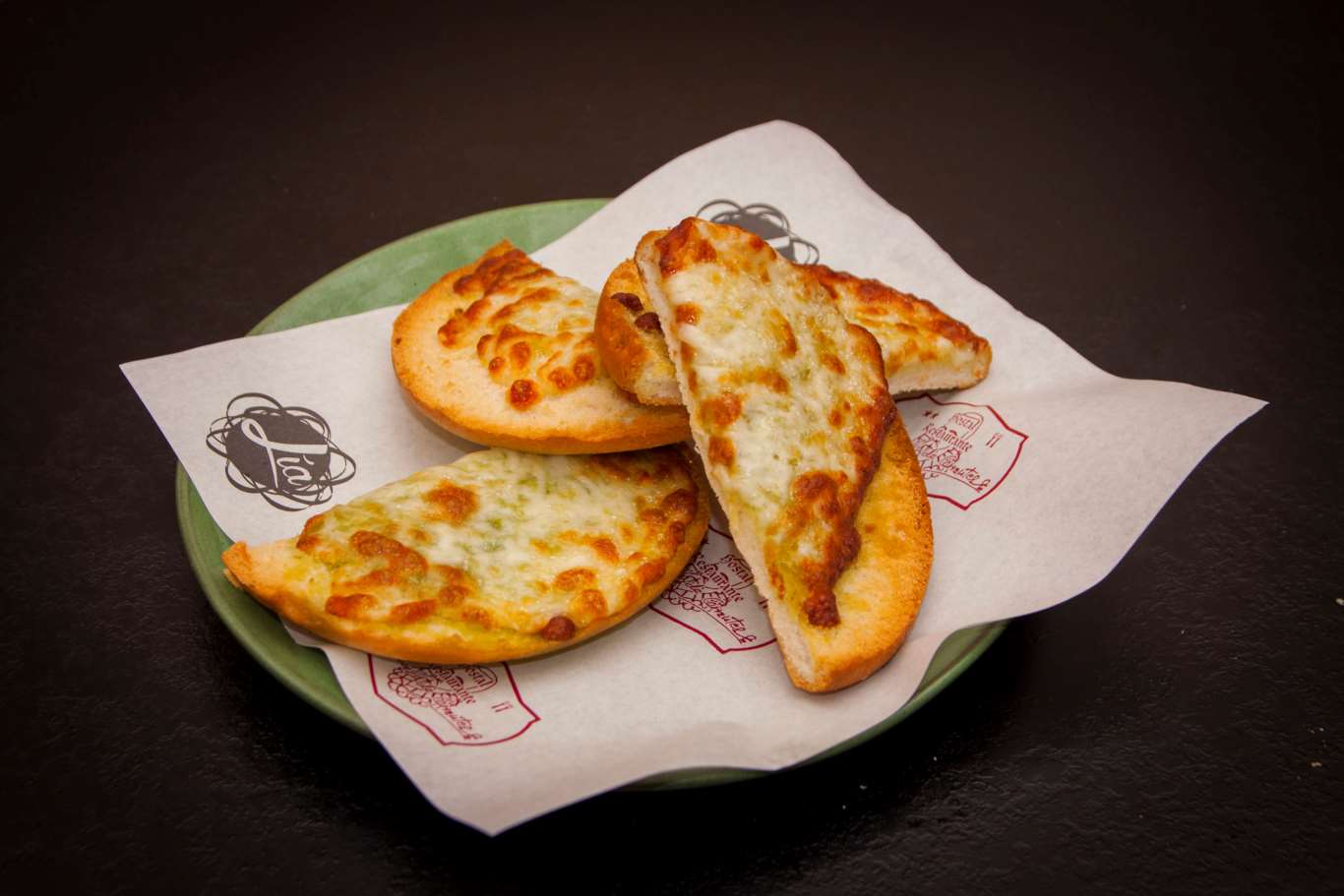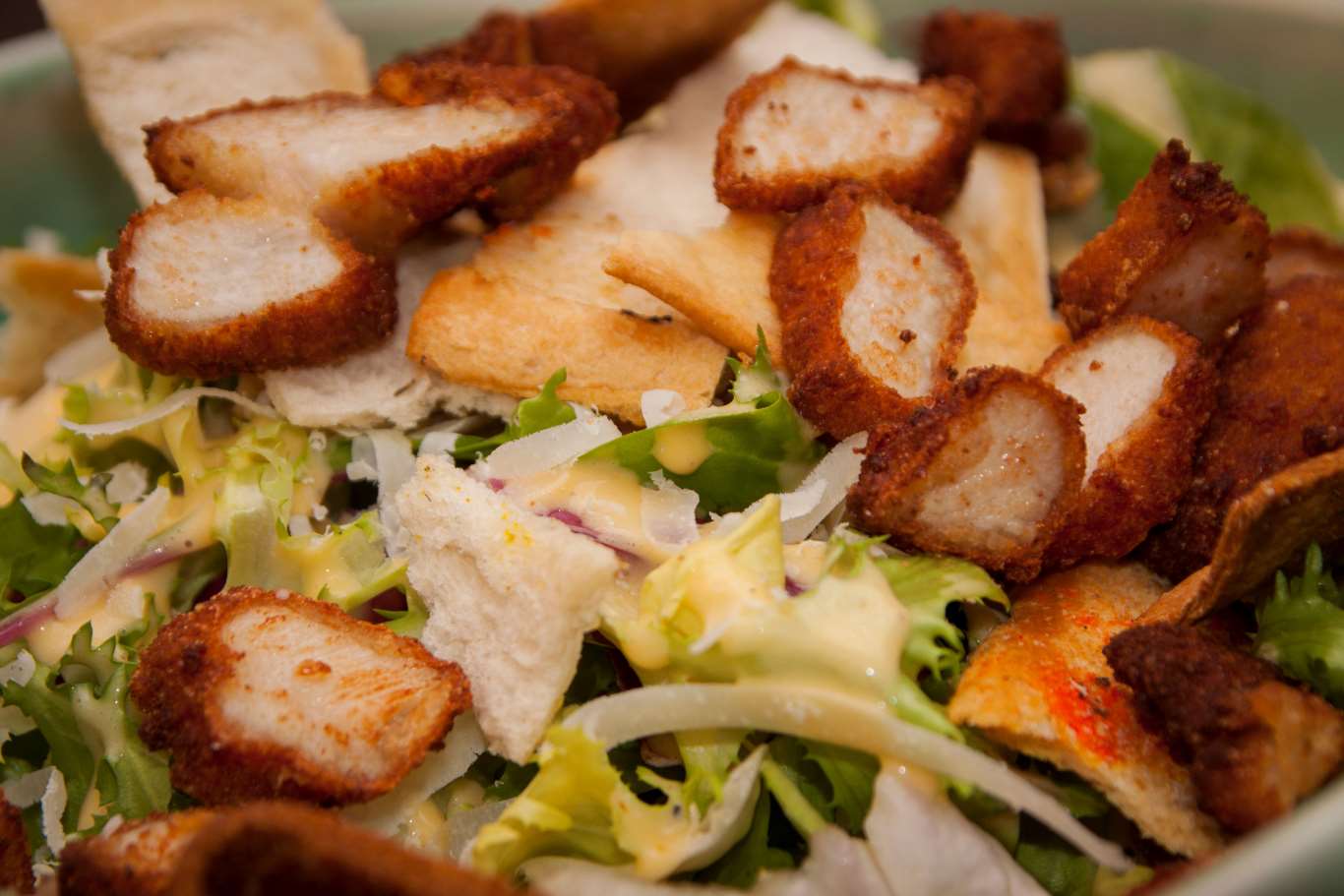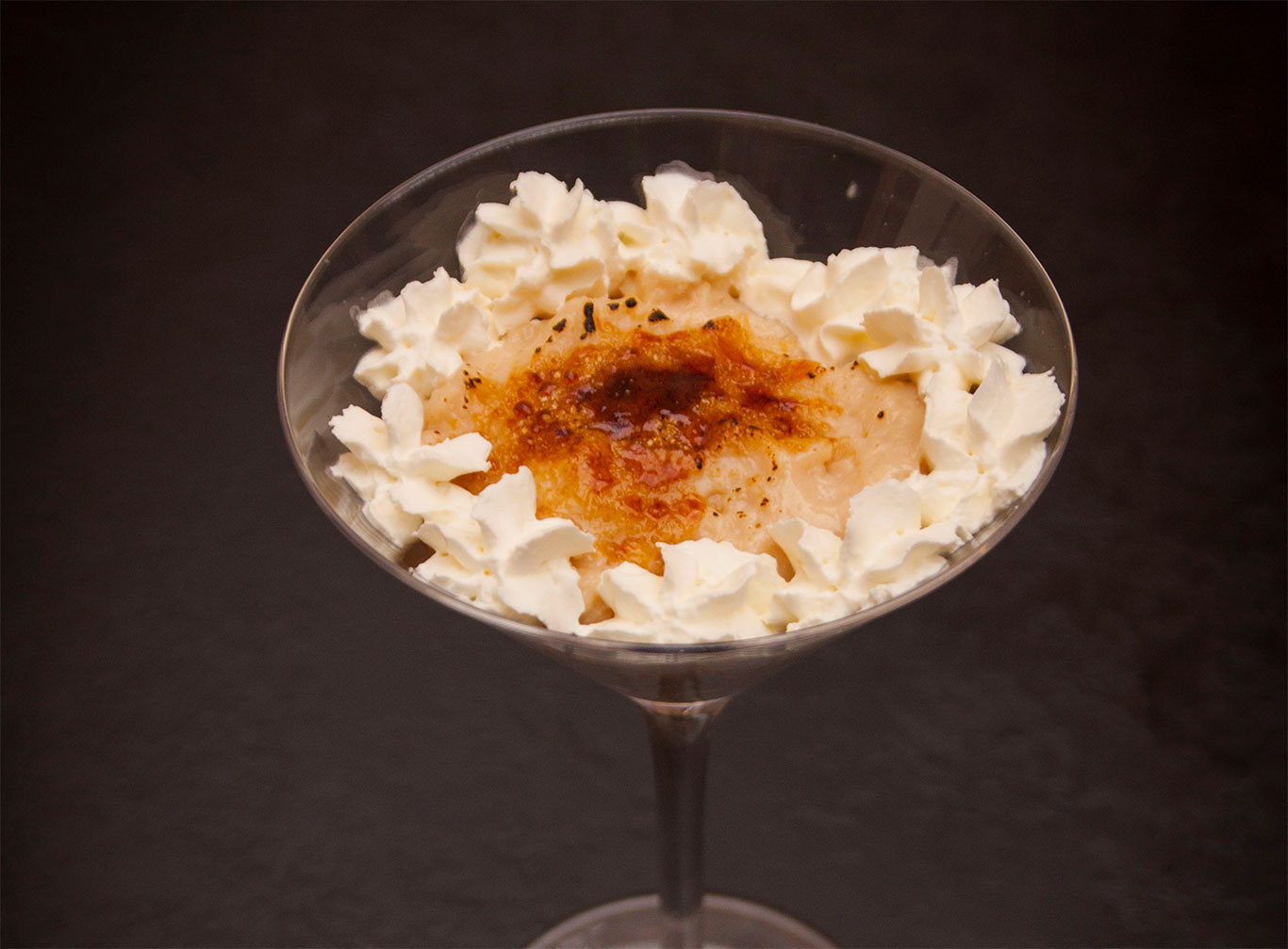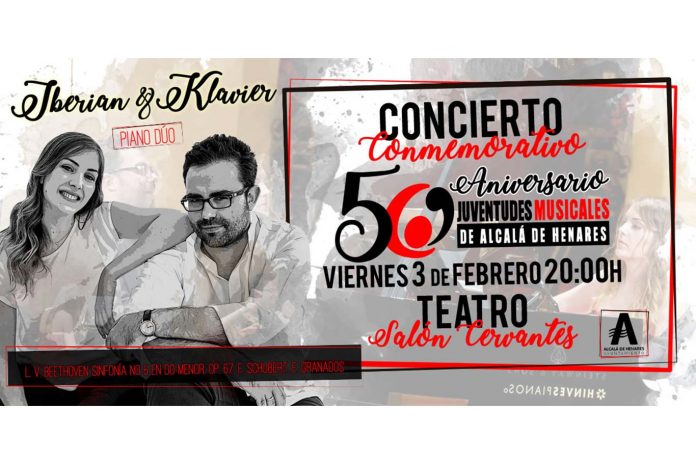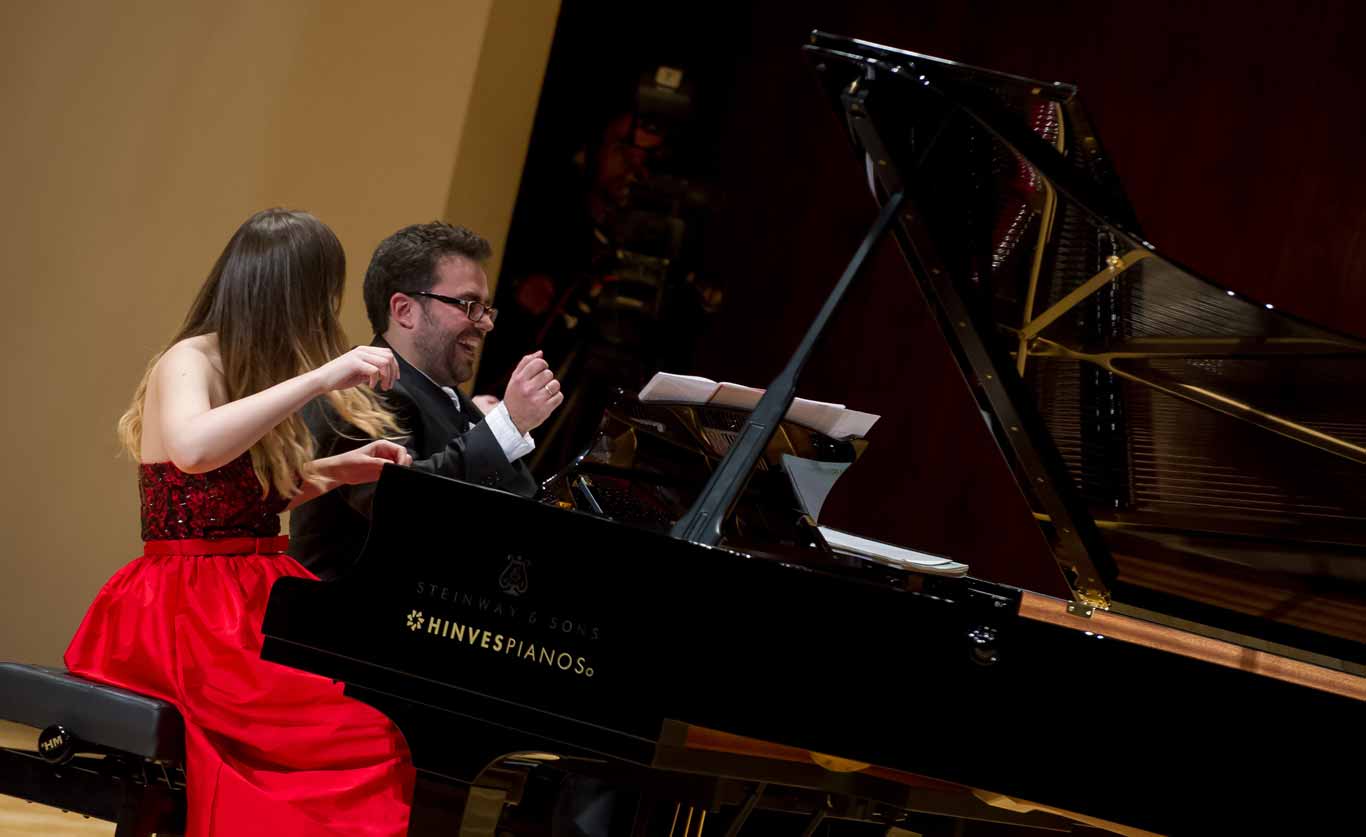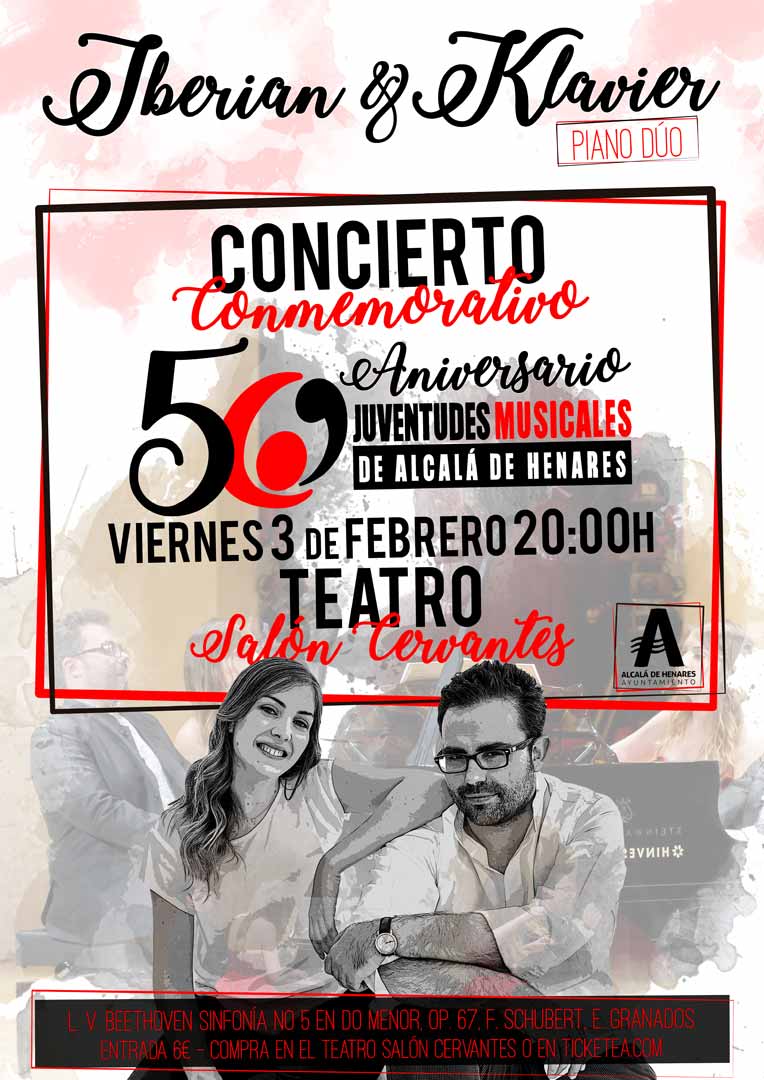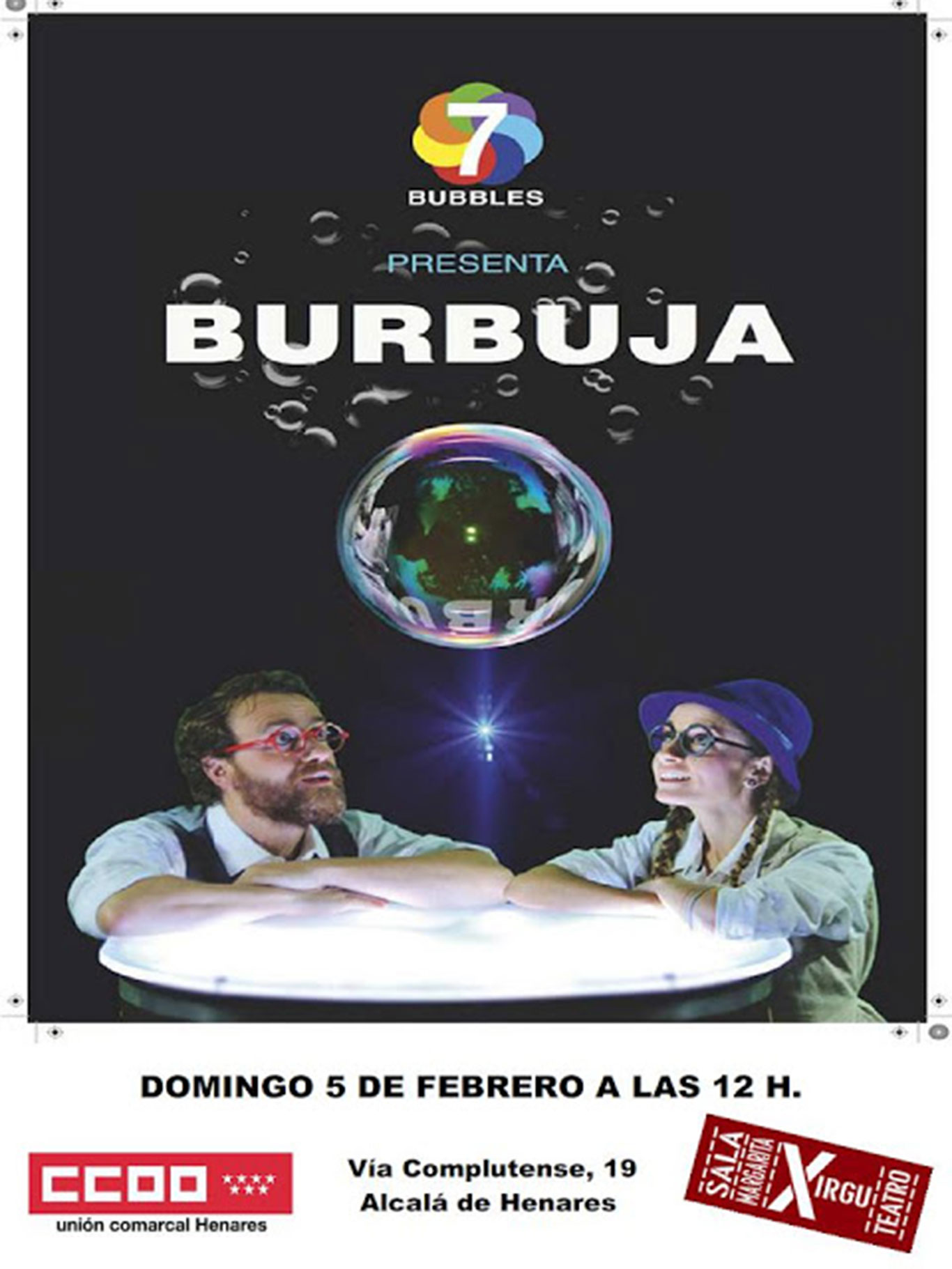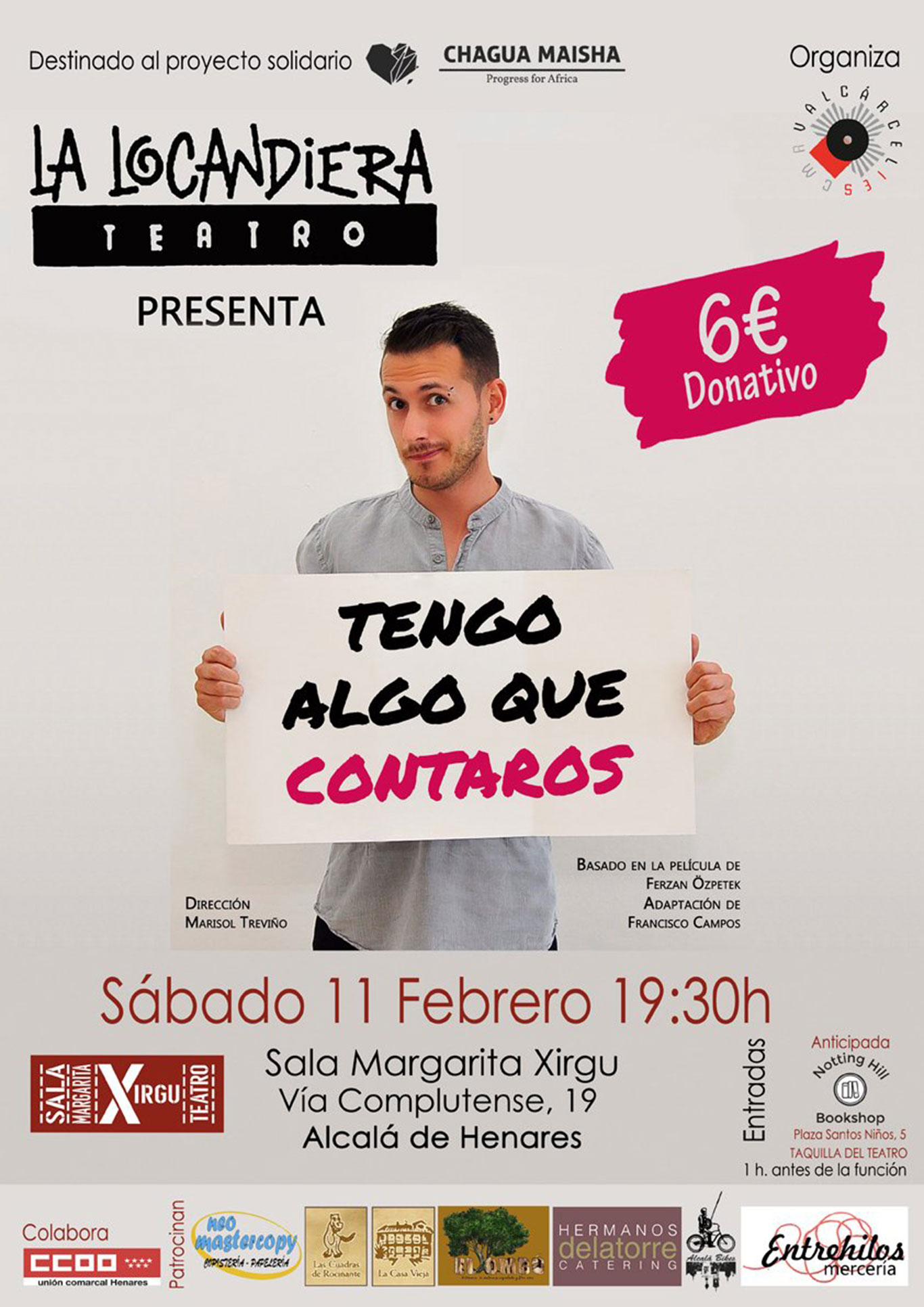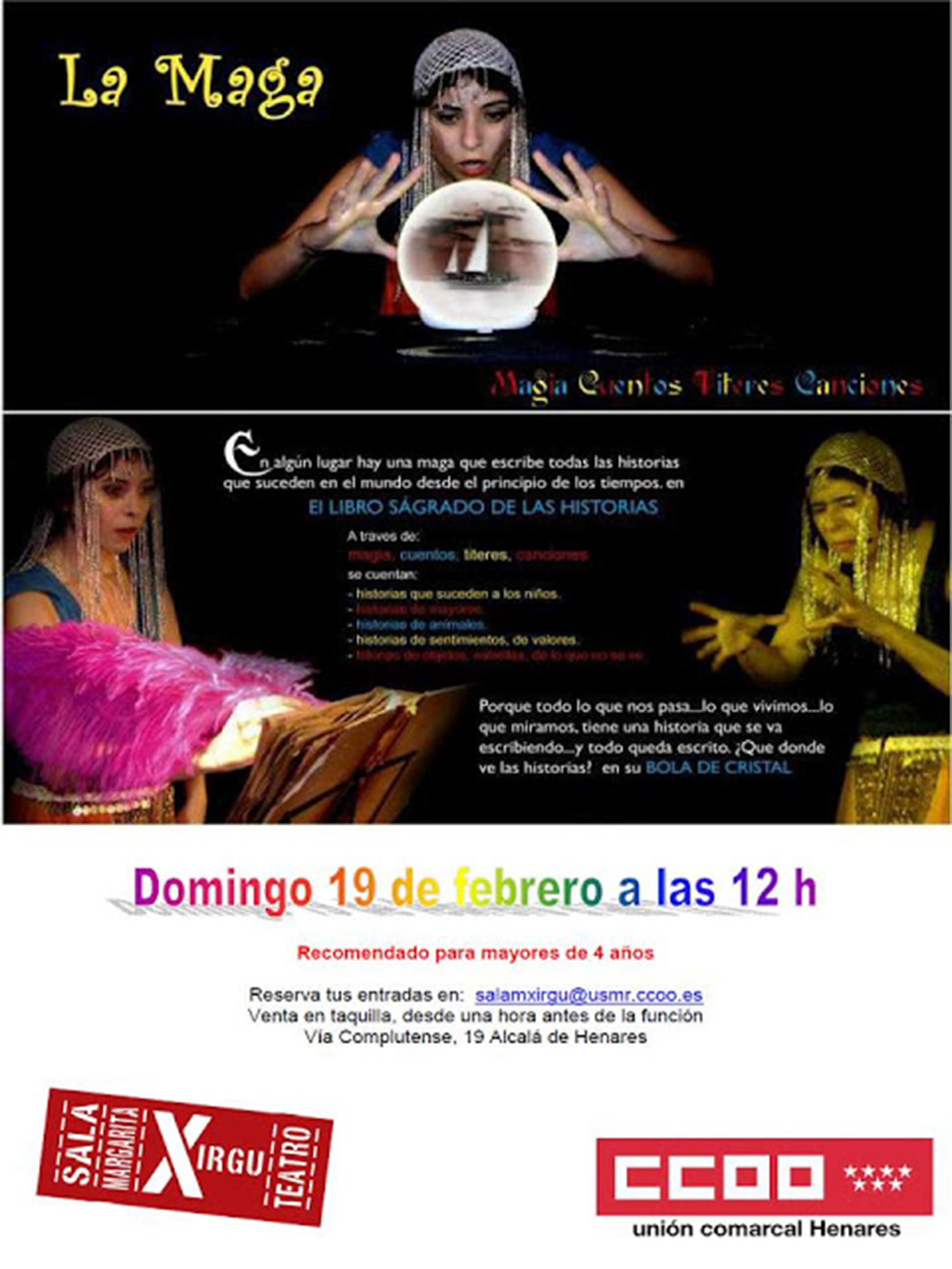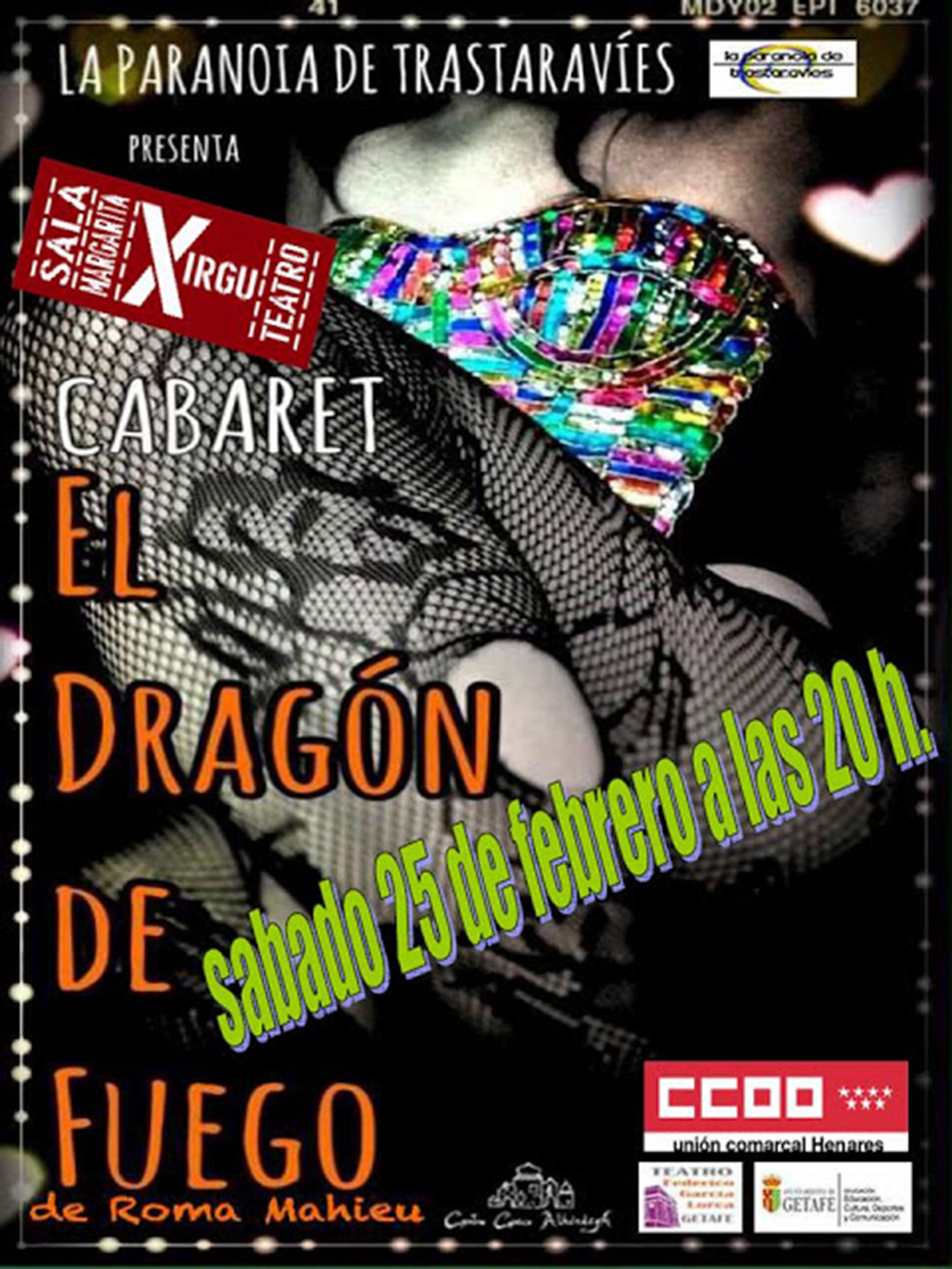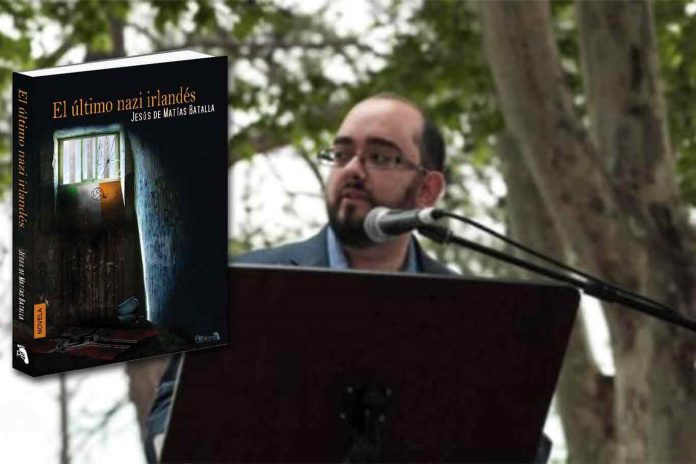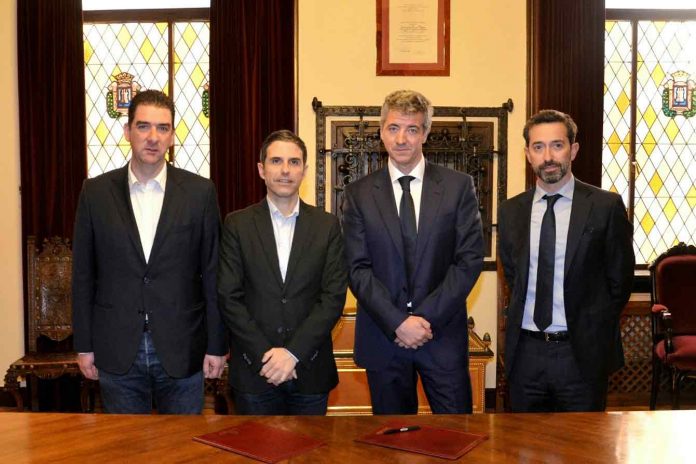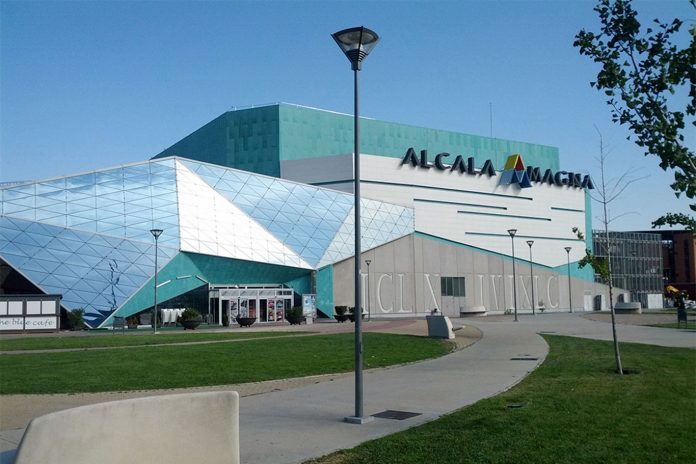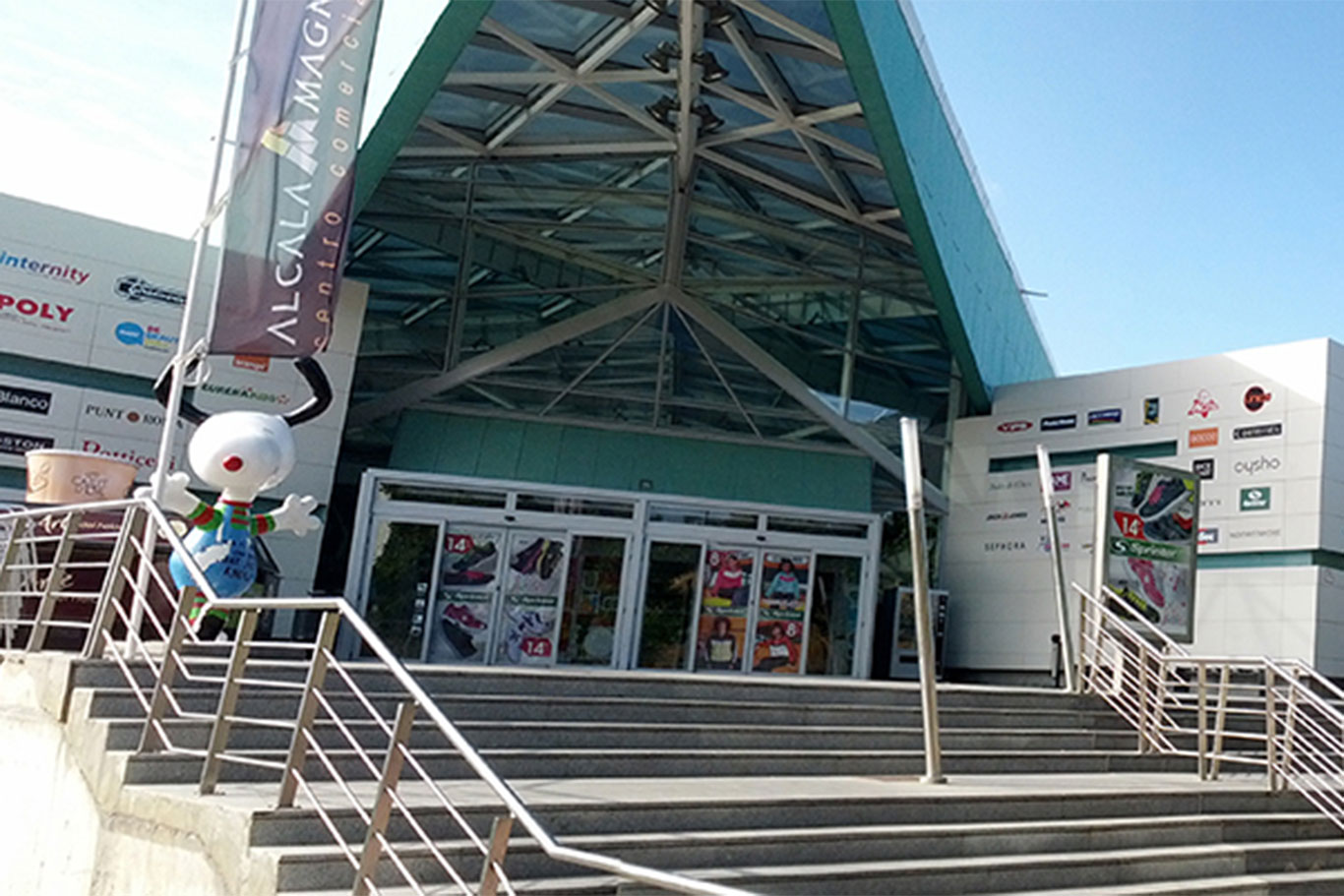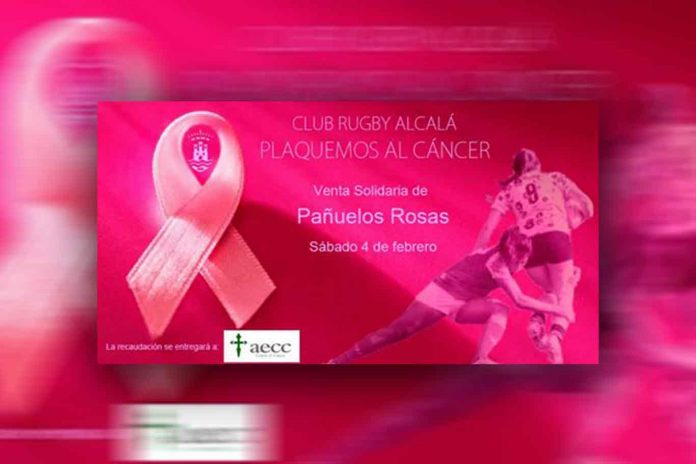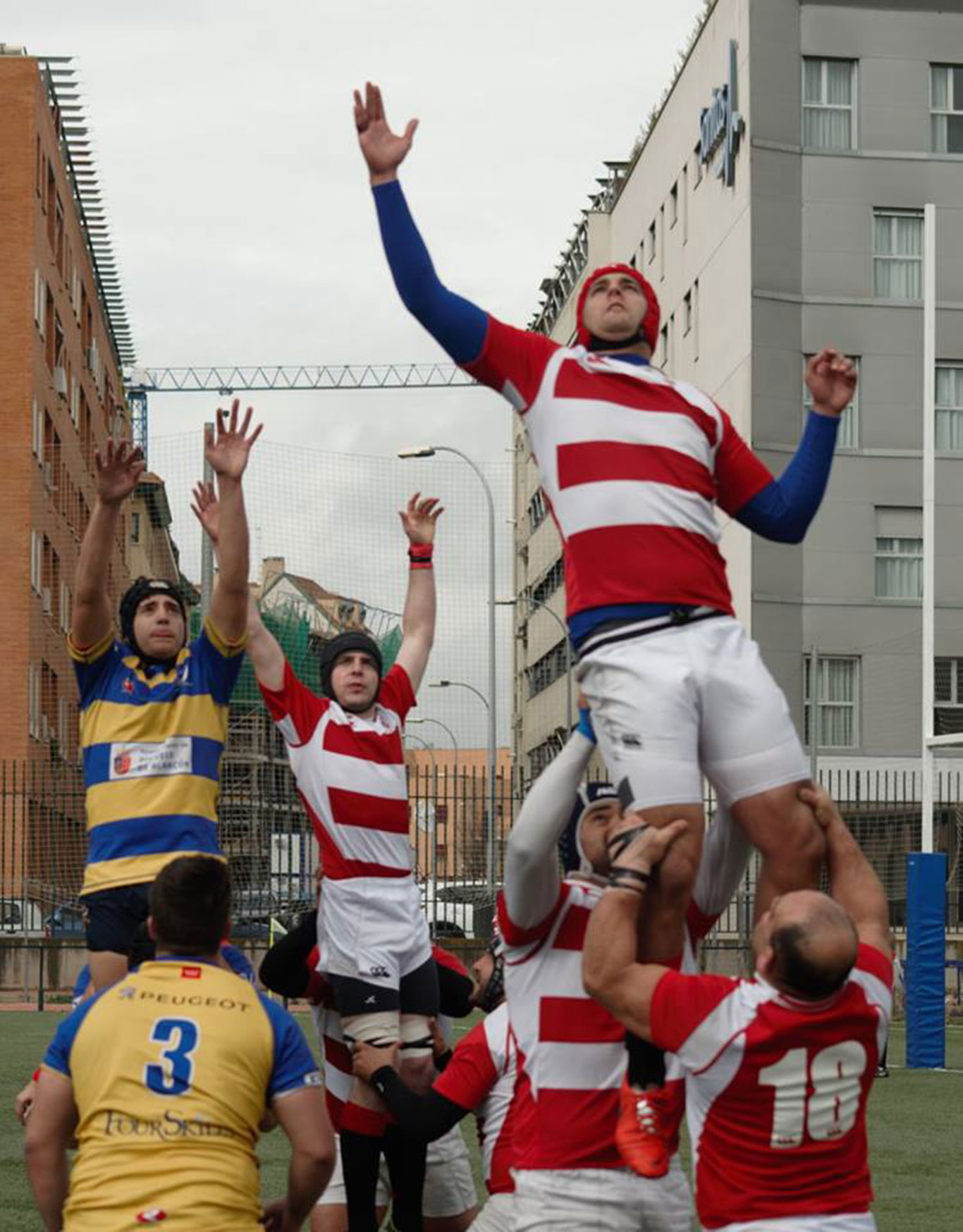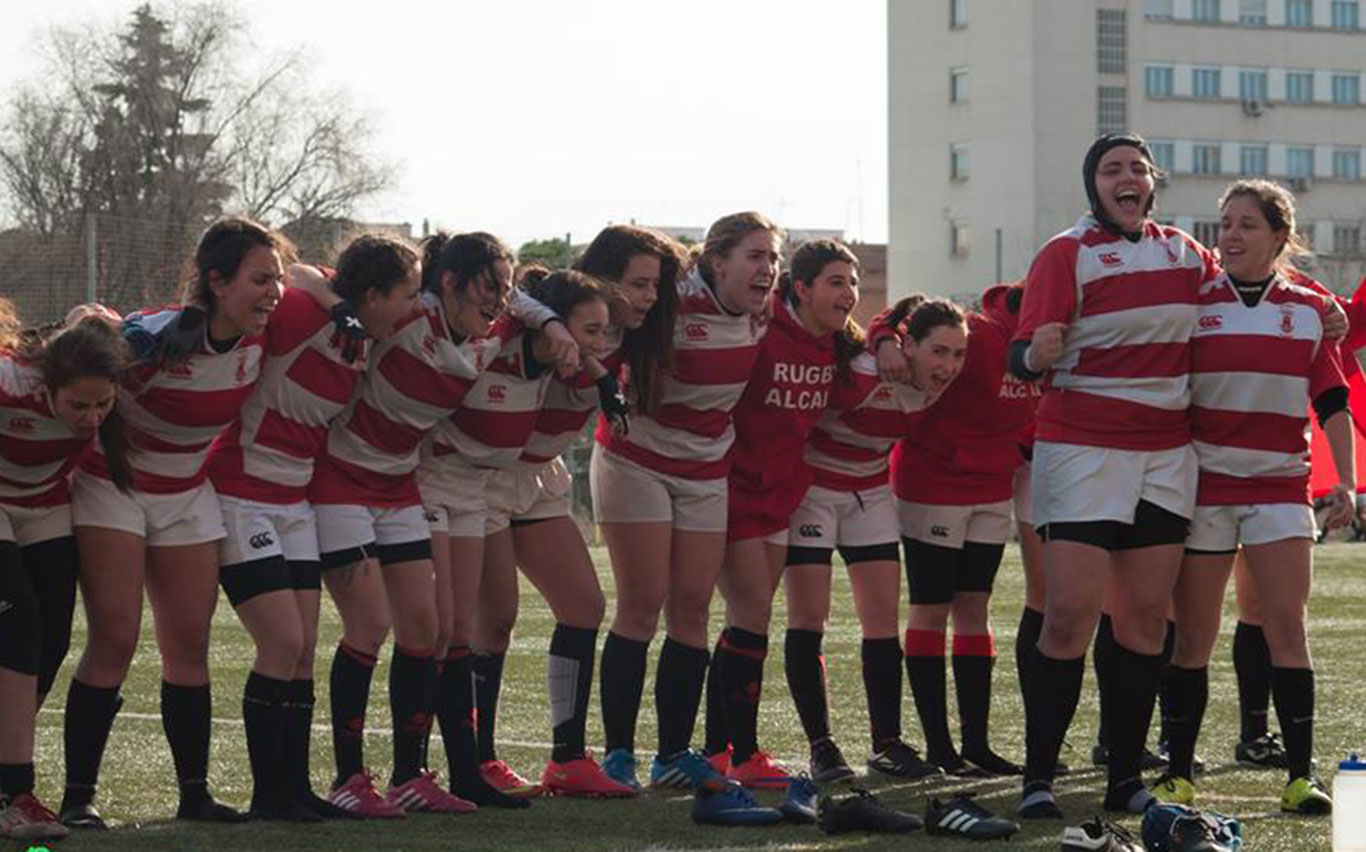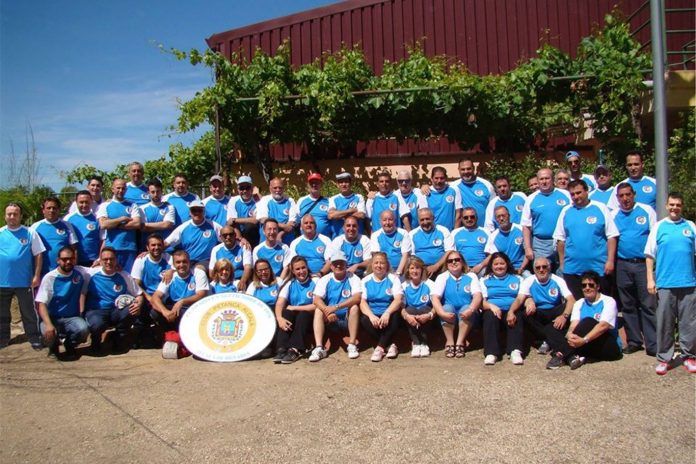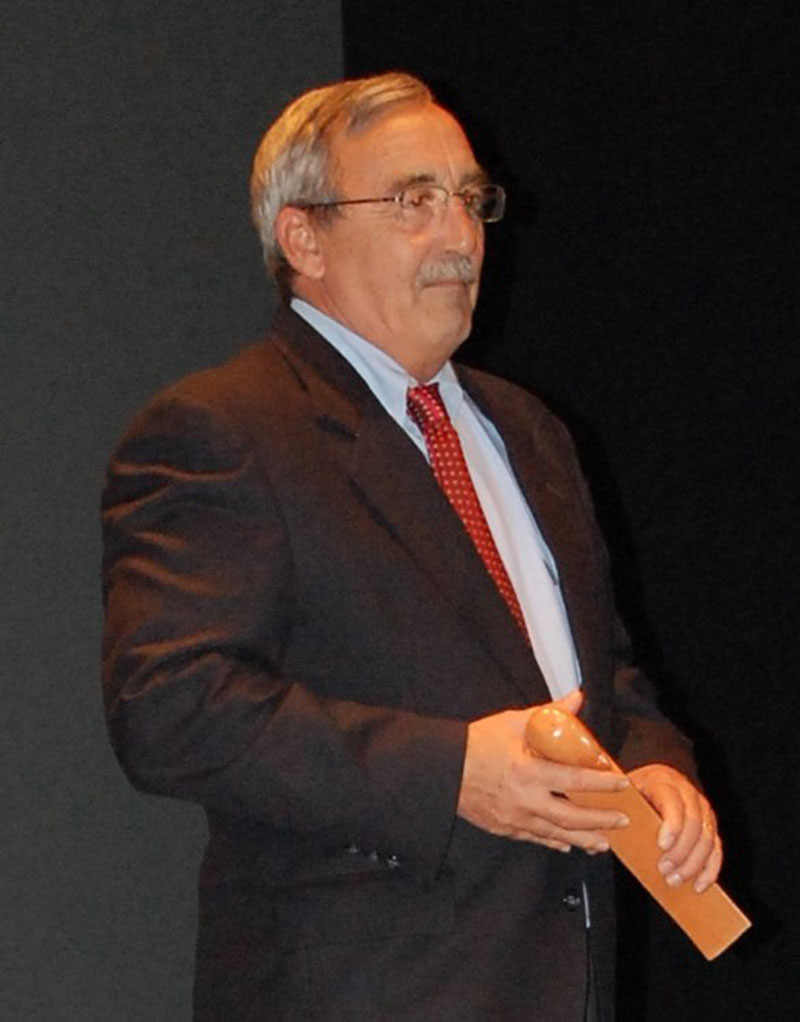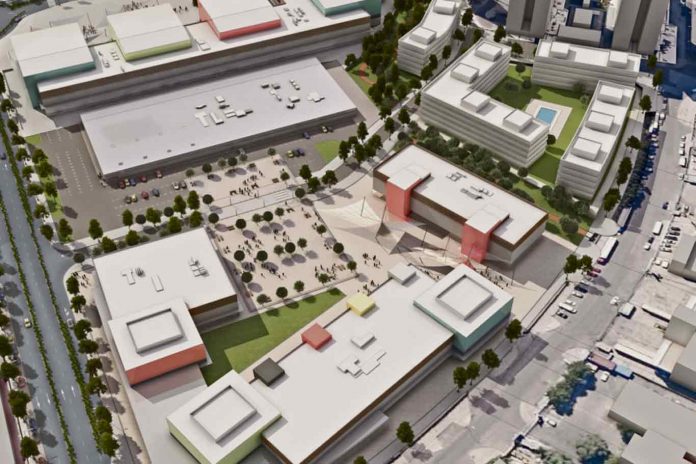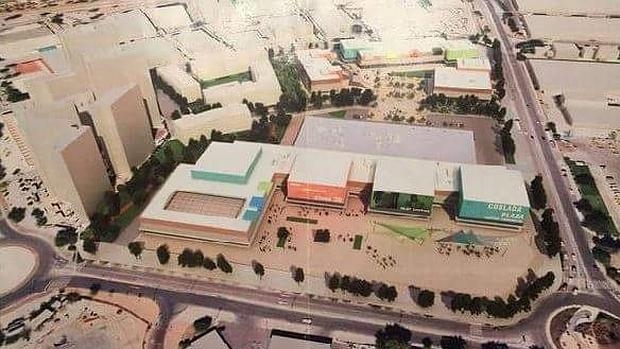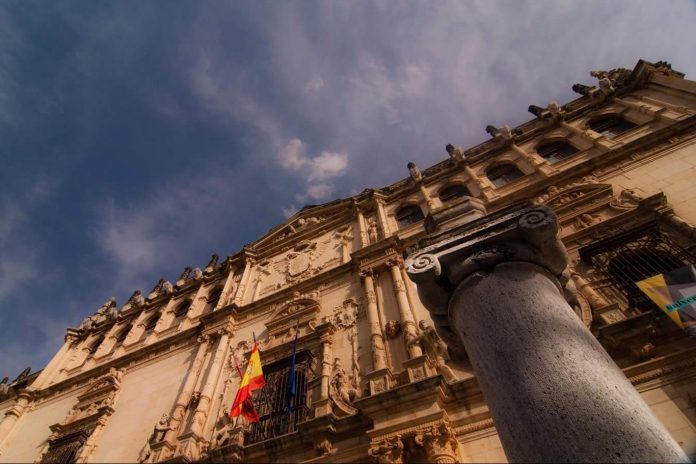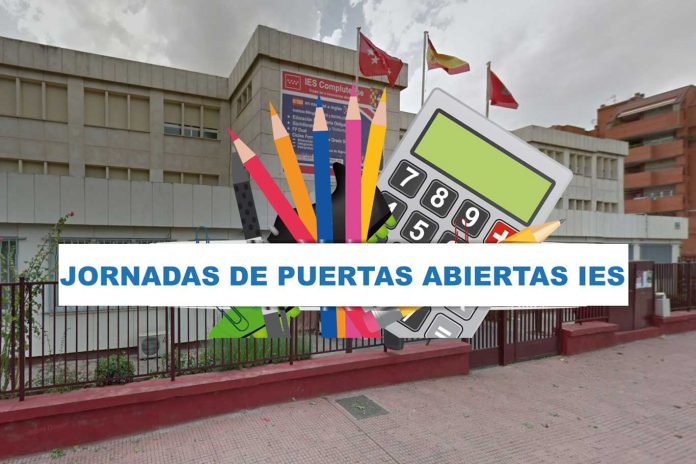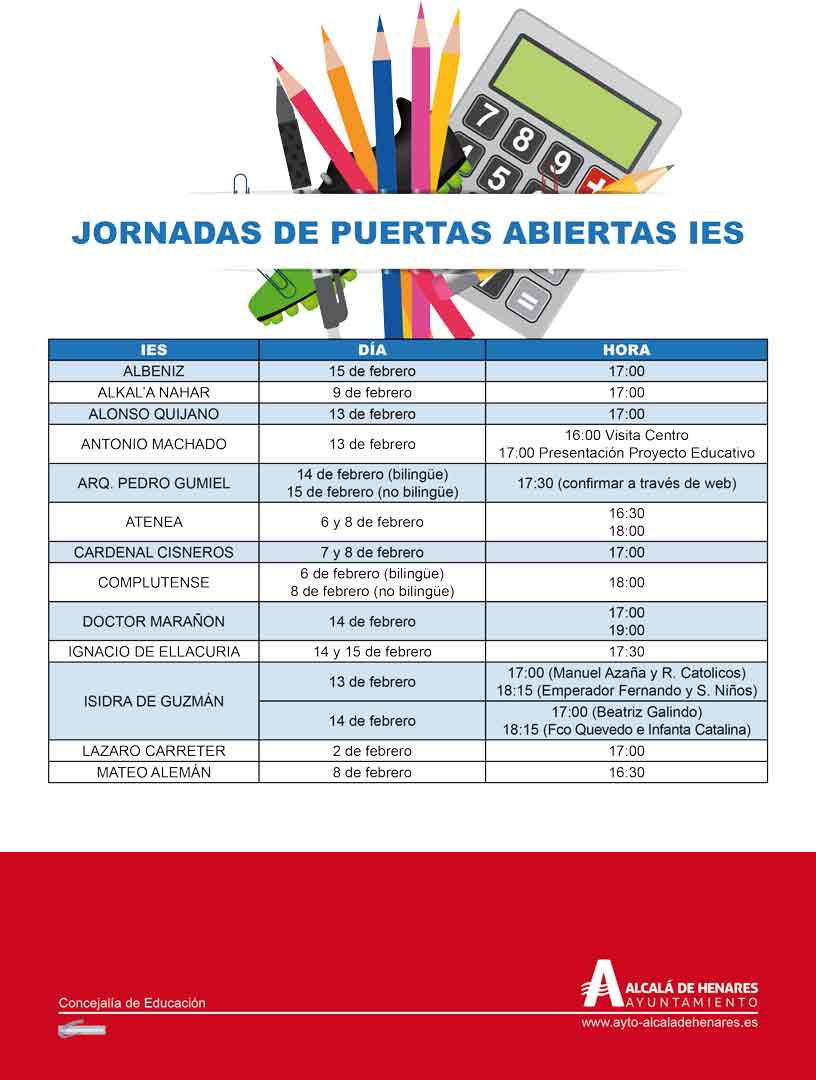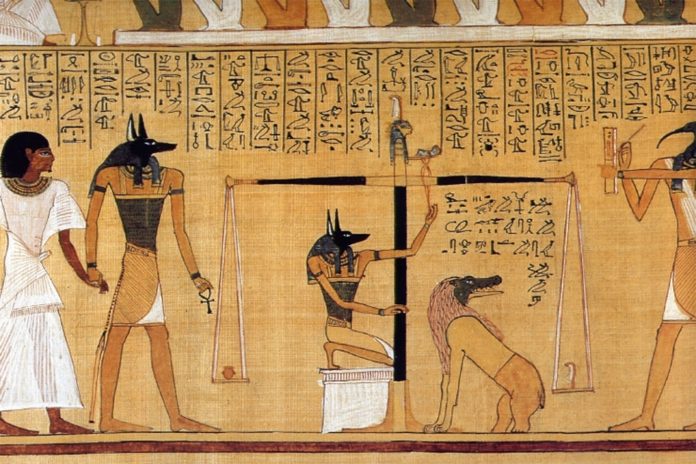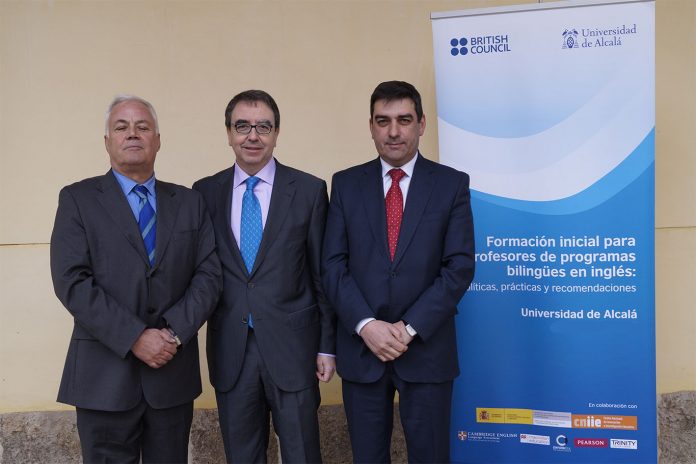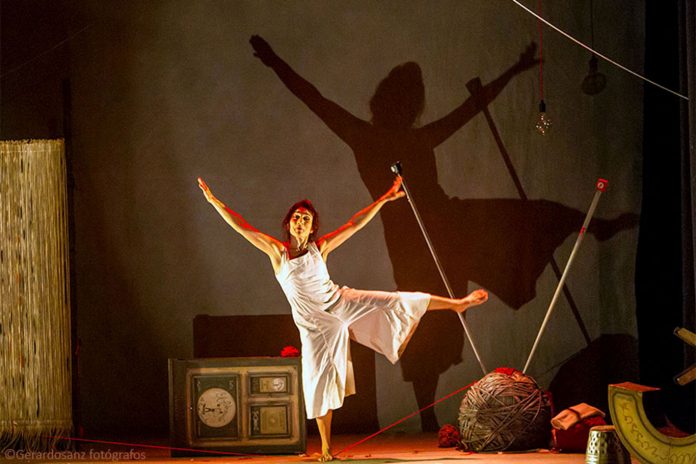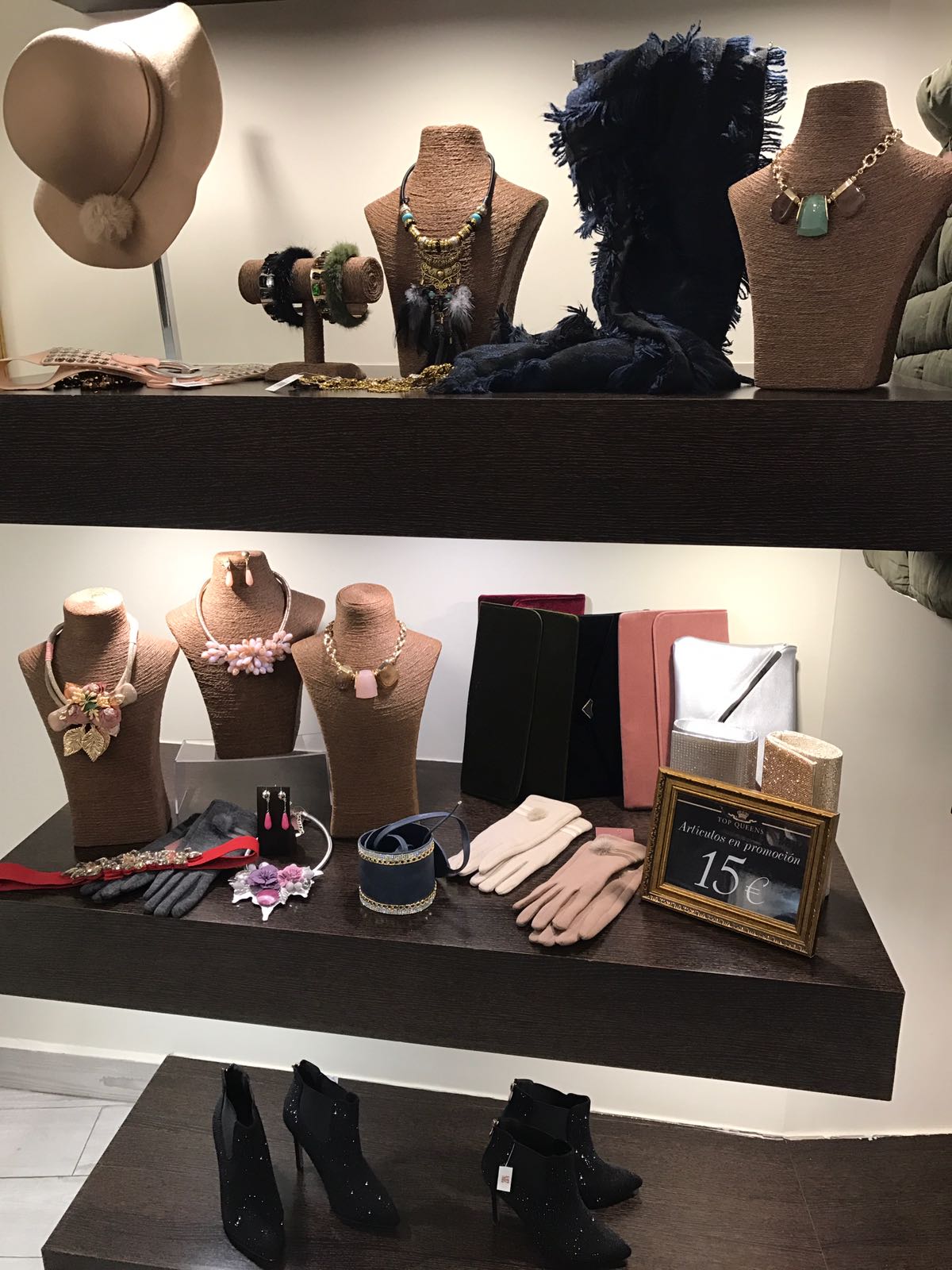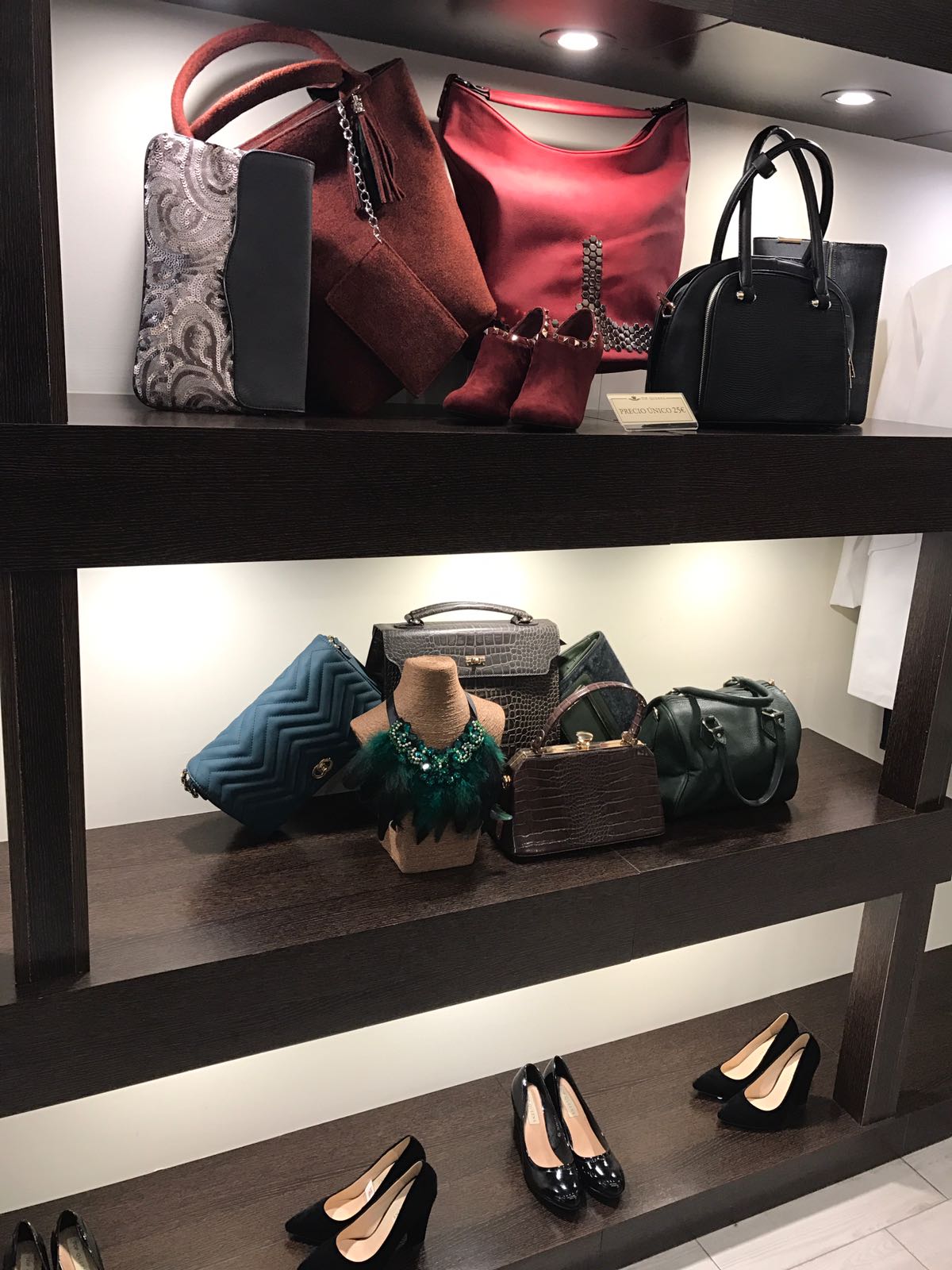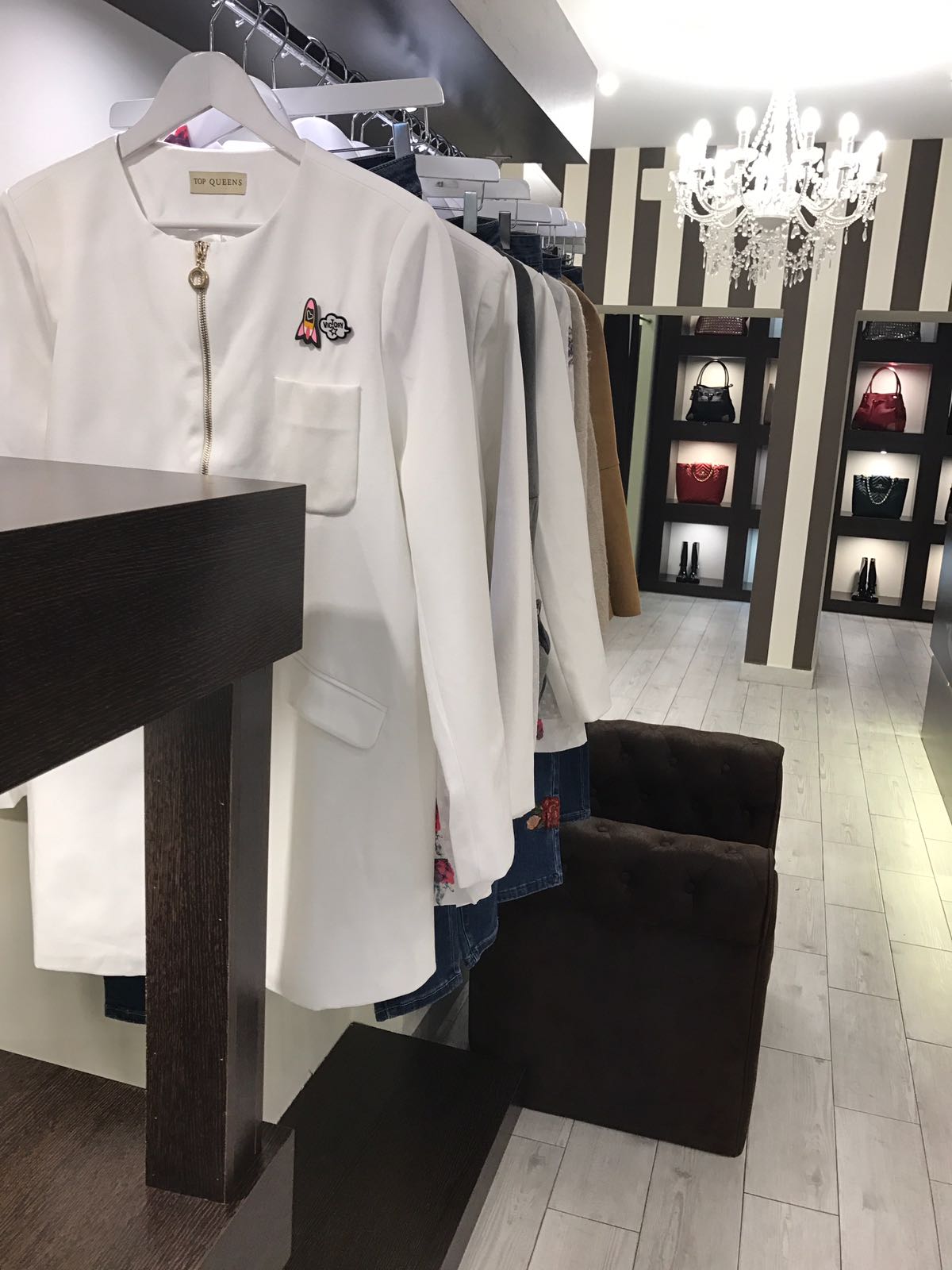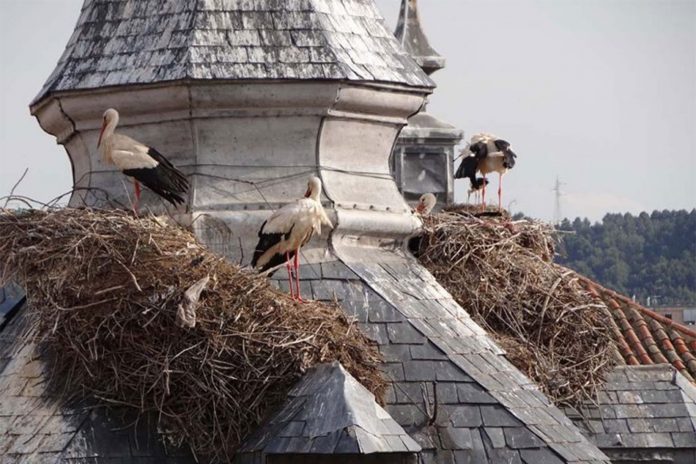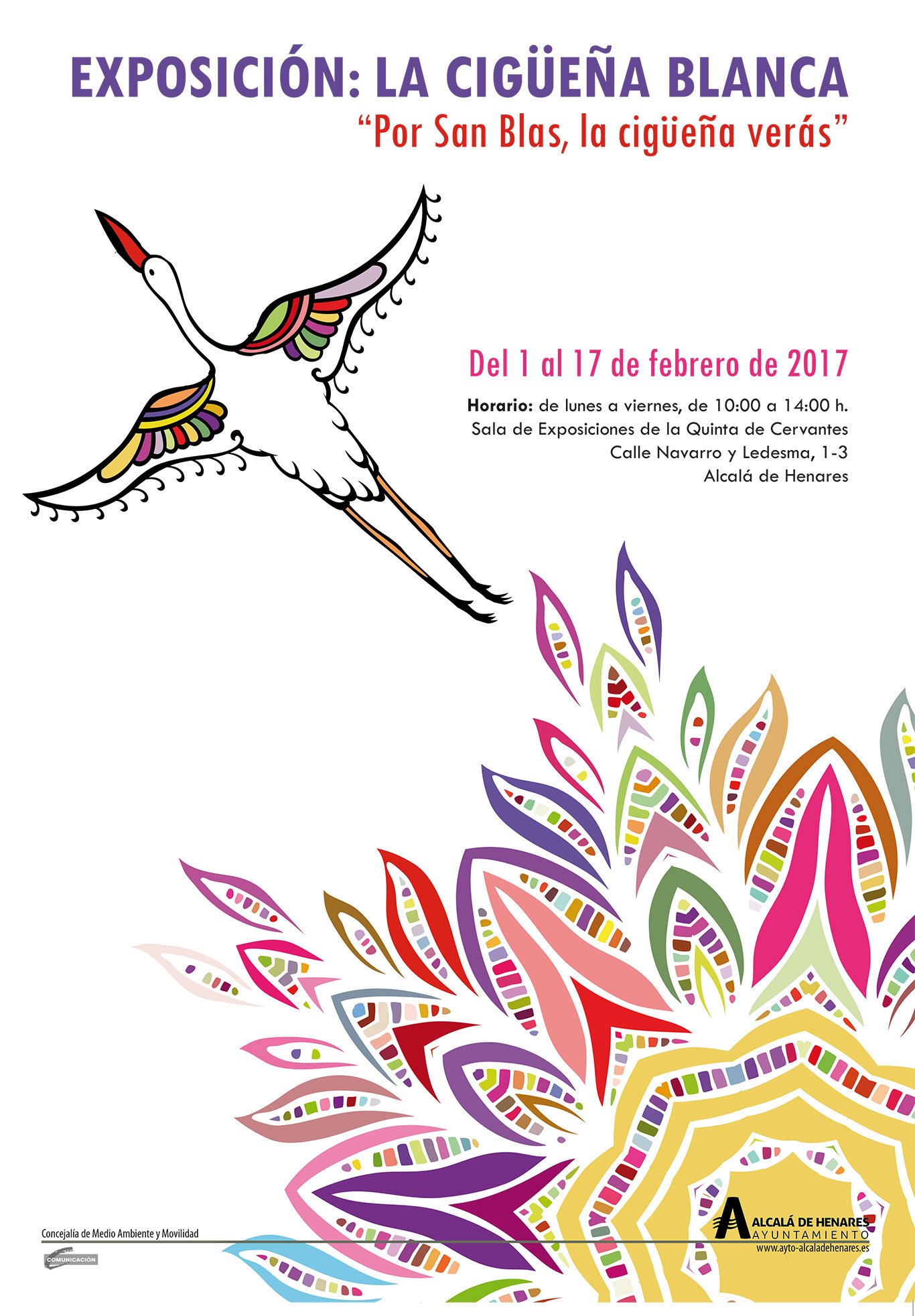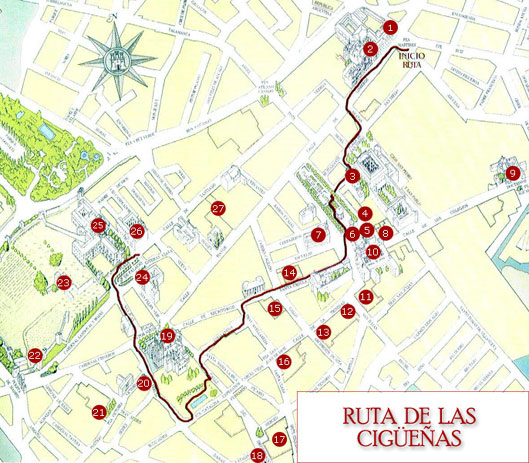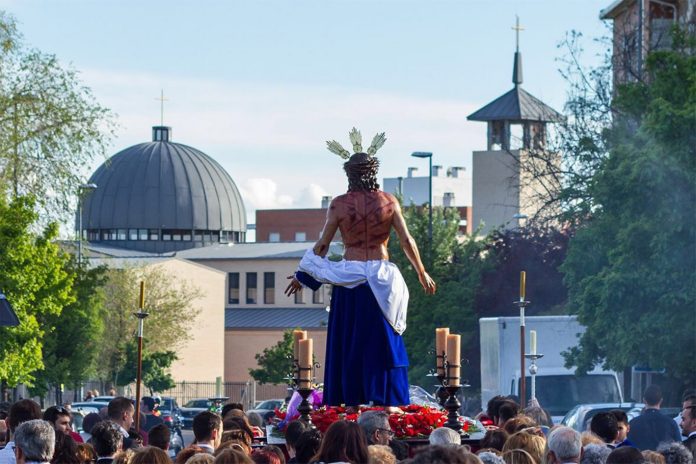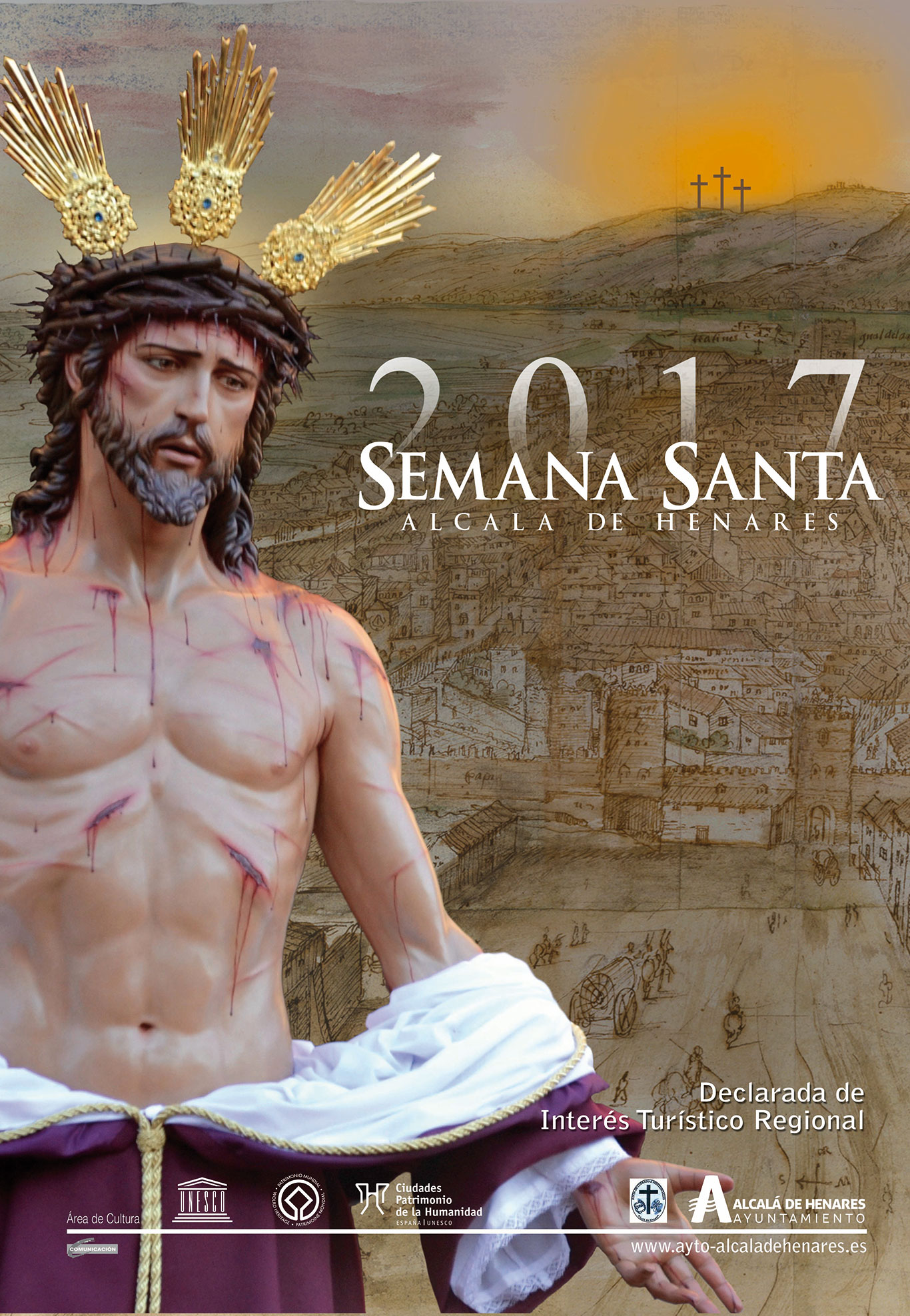El alcalde de Alcalá de Henares, Javier Rodríguez Palacios, ha informado hoy de la reunión de trabajo que ha mantenido esta mañana con la presidenta de la Comunidad de Madrid, Cristina Cifuentes, para tratar diversos asuntos relacionados con la sanidad, la educación, las inversiones en la ciudad y el medio ambiente, entre otras materias.
Según Rodríguez Palacios se ha tratado de “una reunión de trabajo, intensa, con espíritu de llegar a acuerdos beneficiosos para Alcalá”.
El alcalde de la ciudad complutense ha explicado que durante el encuentro han tratado temas relacionados las infraestructuras vinculadas al PRISMA del año 2010 “que todavía no se han llevado a cabo, en particular las piscinas del Val, una inversión de 3,3 millones de euros que están aprobados desde el año 2011 y en las que se está trabajando para que se desbloqueen esos fondos y sean una realidad en los próximos meses”.
Asimismo, en la reunión se han abordado también las negociaciones que se están llevando a cabo con el Consorcio de Transportes, “una vez arreglado el conflicto y encauzado el de pago de la deuda, -ha explicado el alcalde- hay que afrontar un año 2017 en el que trabajemos con la Comunidad de Madrid para la mejora de las líneas de autobuses y para dotar a Alcalá de infraestructuras que faciliten la llegada de los autobuses interurbanos a la ciudad”.
“También se han tratado cuestiones del ámbito cultural –ha proseguido explicando Rodríguez Palacios- con proyectos importantes para la ciudad como la Casa del Arqueólogo en el que la Comunidad, el Museo Arqueológico Regional y el Ayuntamiento de Alcalá de Henares colaborarán para actuar en el Palacio Arzobispal y hacer de él un centro de referencia de la Arqueología .
Sobre aspectos económicos se abordó el tema del turismo en la ciudad, Rodríguez Palacios ha expuesto su intención de “unirlo a actividades culturales y deportivas”. Además se ha acordado trabajar para facilitar la llegada de inversiones necesarias para todo el Corredor del Henares y aprovechar también el efecto de la salida del Reino Unido de la Unión Europea.
Además, se han tratado varios temas relacionados con Educación y Sanidad, “en particular –ha destacado el primer edil- con las necesidades del Hospital Príncipe de Asturias y con la creación de nuevas unidades como la del ictus”.
En el encuentro, en el que también ha participado el consejero de Medio Ambiente, Administración Local y Ordenación del Territorio, Jaime González Taboada, se han abordado las actuaciones que se van a llevar a cabo en Alcalá de Henares con cargo al Programa de Inversión Regional, entre ellas una dársena de autobuses en el centro de la ciudad.
Además, como presidente de la Mancomunidad del Este, Javier Rodríguez y Cristina Cifuentes han tratado sobre la futura planta de tratamiento de residuos de esta zona de la región y la estrategia para el tratamiento de los mismos en esta zona de la región.


